Story and Photos by ITN European Reporter Herve’ Rebollo
Salut à toi American rider,
Almost one month without riding my motorcycle … thought I was going to became crazy. This Covid situation was crushing my brain … but it’s ok now. We’re still under curfew (from 9pm to 6 am) but we can move from a county to another one and traval accrros the country since this mid-May. It has been so long … Ok, it’s time for a new long ride!! Let’s go to my dealership to rent a big bike (the Electra 117: comfortable and powerful) and leave with my blond to the South!!!!
Definitively we’re not lucky. The weather is so bad: rain, fog, wind and it’s almost cold. This spring is totally in coherence with this shitty covid period …
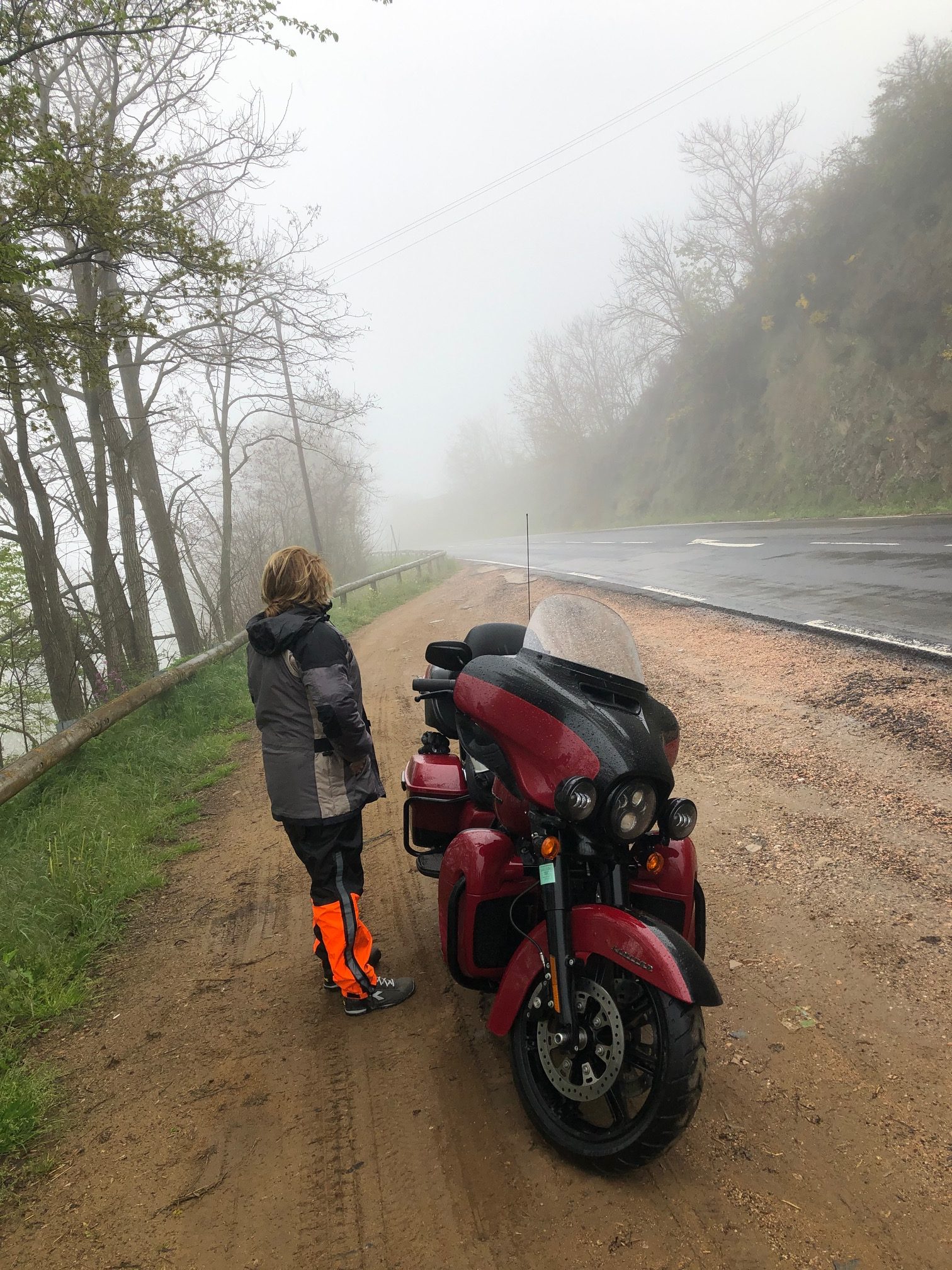 Not a problem: the idea is to cross France from the North (Paris) to the South (Mediterranean sea) through three national parcs and have at least 2500km / 1550 miles. Wanted to make discover my wife the famous Parc des Cevennes and the amazing site Cirque de Navacelle.
Not a problem: the idea is to cross France from the North (Paris) to the South (Mediterranean sea) through three national parcs and have at least 2500km / 1550 miles. Wanted to make discover my wife the famous Parc des Cevennes and the amazing site Cirque de Navacelle.
 The first day of this trip was dedicated to the crossing of the great forest of Sologne, not far from Orléans city. Remember the post I wrote some months ago about this beautiful part of the center of France (see: RIDE TO RIDER JEANNE (irontradernews.com) ).
The first day of this trip was dedicated to the crossing of the great forest of Sologne, not far from Orléans city. Remember the post I wrote some months ago about this beautiful part of the center of France (see: RIDE TO RIDER JEANNE (irontradernews.com) ).
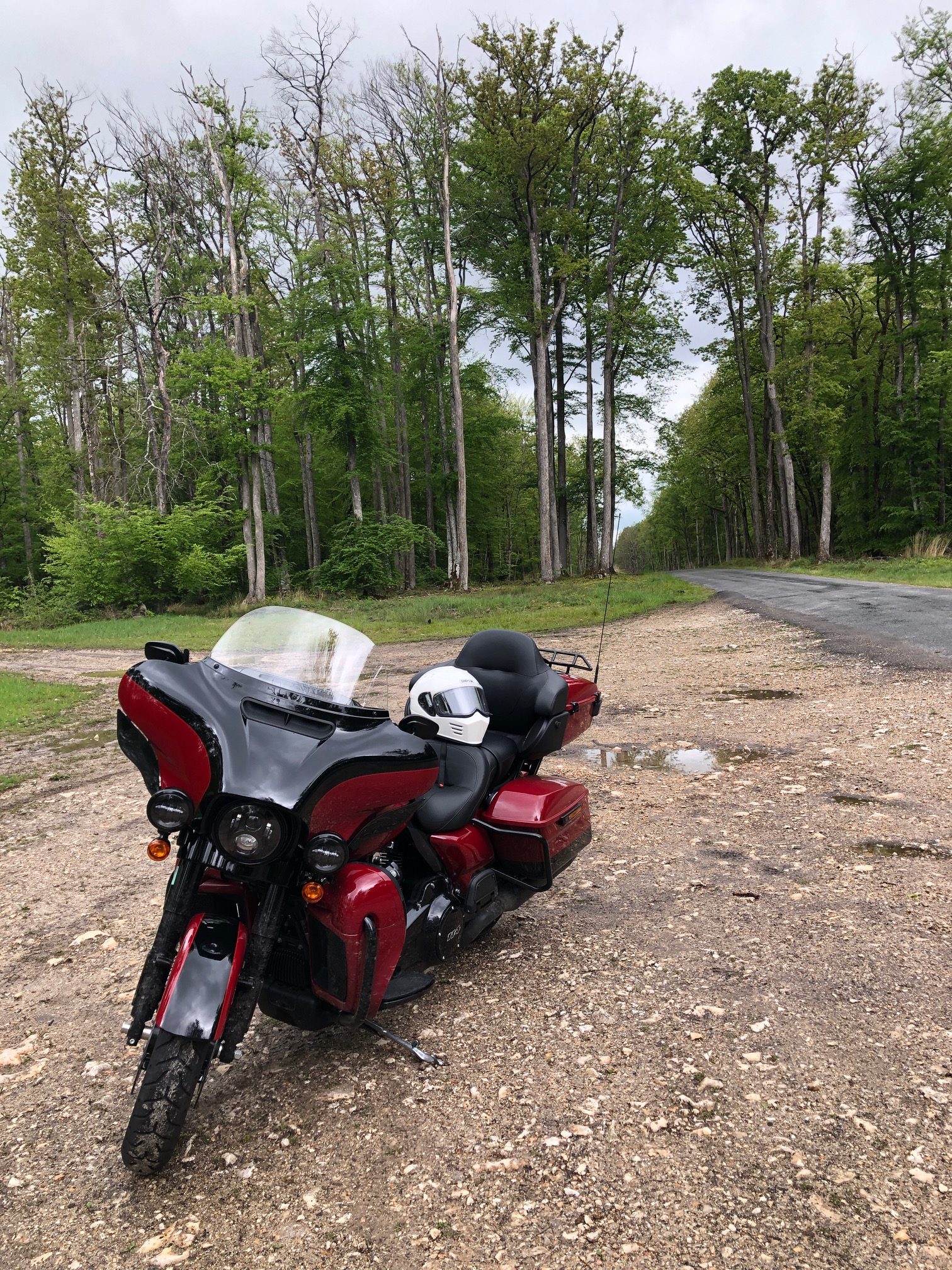 Our goal for the first stage was the city of Clermont-Ferrand in the Auvergne-Rhône-Alpes region. The city known for the chain of volcanoes, the Chaîne des Puys surrounding it, including the dormant volcano Puy de Dôme (10 kilometres / 6 miles), one of the highest, topped by communications towers, and visible from the city, which is inscribed since July 2018 as a “tectonic hotspot” on the Unesco World Heritage List. I let you imagine the fabulous tiny roads you can find all around.
Our goal for the first stage was the city of Clermont-Ferrand in the Auvergne-Rhône-Alpes region. The city known for the chain of volcanoes, the Chaîne des Puys surrounding it, including the dormant volcano Puy de Dôme (10 kilometres / 6 miles), one of the highest, topped by communications towers, and visible from the city, which is inscribed since July 2018 as a “tectonic hotspot” on the Unesco World Heritage List. I let you imagine the fabulous tiny roads you can find all around.
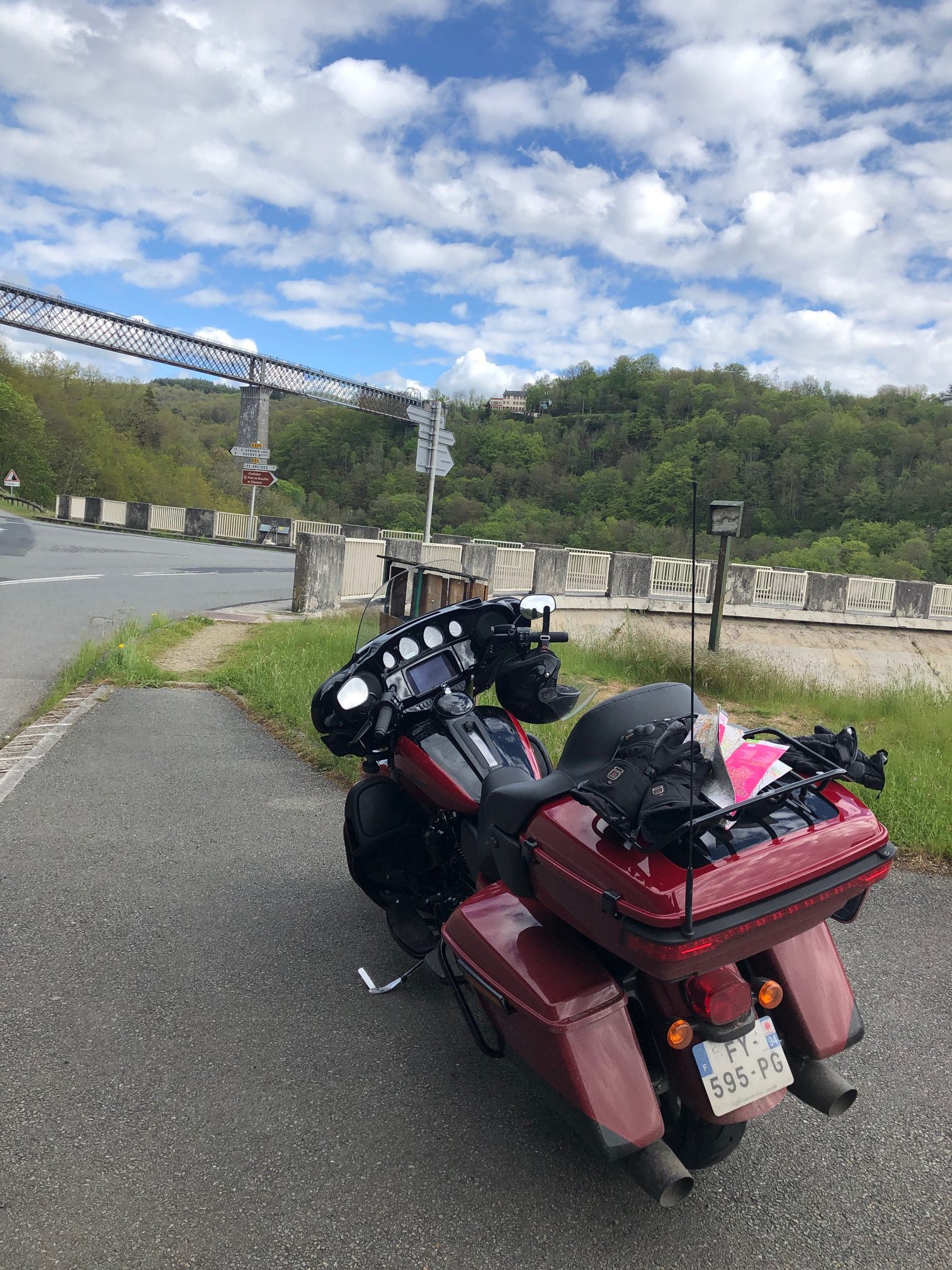 One of the oldest French cities, it has been known by Greeks. Growing in importance, it hosted in 1095 the Council of Clermont that included the call to arms that would result in the First Crusade, and eventually the capture of Jerusalem. Today Clermont-Ferrand hosts is home to the corporate headquarters of Michelin, the global tyre company founded there more than 100 years ago. Along with its highly distinctive black lava stone Gothic Cathedral, Clermont-Ferrand’s most famous site includes the a public square, on which stands a grand statue of Vercingetorix astride a warhorse and brandishing a sword. The inscription reads: J’ai pris les armes pour la liberté de tous (I took up arms for the liberty of all). This statue was sculpted by Frédéric Bartholdi, who also created the Statue of Liberty.
One of the oldest French cities, it has been known by Greeks. Growing in importance, it hosted in 1095 the Council of Clermont that included the call to arms that would result in the First Crusade, and eventually the capture of Jerusalem. Today Clermont-Ferrand hosts is home to the corporate headquarters of Michelin, the global tyre company founded there more than 100 years ago. Along with its highly distinctive black lava stone Gothic Cathedral, Clermont-Ferrand’s most famous site includes the a public square, on which stands a grand statue of Vercingetorix astride a warhorse and brandishing a sword. The inscription reads: J’ai pris les armes pour la liberté de tous (I took up arms for the liberty of all). This statue was sculpted by Frédéric Bartholdi, who also created the Statue of Liberty.
 The city is in the rain shadow of the Chaîne des Puys, giving it one of the driest climates in metropolitan France, except for a few places around the Mediterranean Sea. From November to March, frost is very frequent, and the city, being at the bottom of a valley, is frequently subject to temperature inversion, in which the mountains are sunny and warm, and the plain is freezing cold and cloudy. Snow is quite common, although usually short-lived and light. Summer temperatures often exceed 35 °C (95 °F), with sometimes violent thunderstorms.
The city is in the rain shadow of the Chaîne des Puys, giving it one of the driest climates in metropolitan France, except for a few places around the Mediterranean Sea. From November to March, frost is very frequent, and the city, being at the bottom of a valley, is frequently subject to temperature inversion, in which the mountains are sunny and warm, and the plain is freezing cold and cloudy. Snow is quite common, although usually short-lived and light. Summer temperatures often exceed 35 °C (95 °F), with sometimes violent thunderstorms.
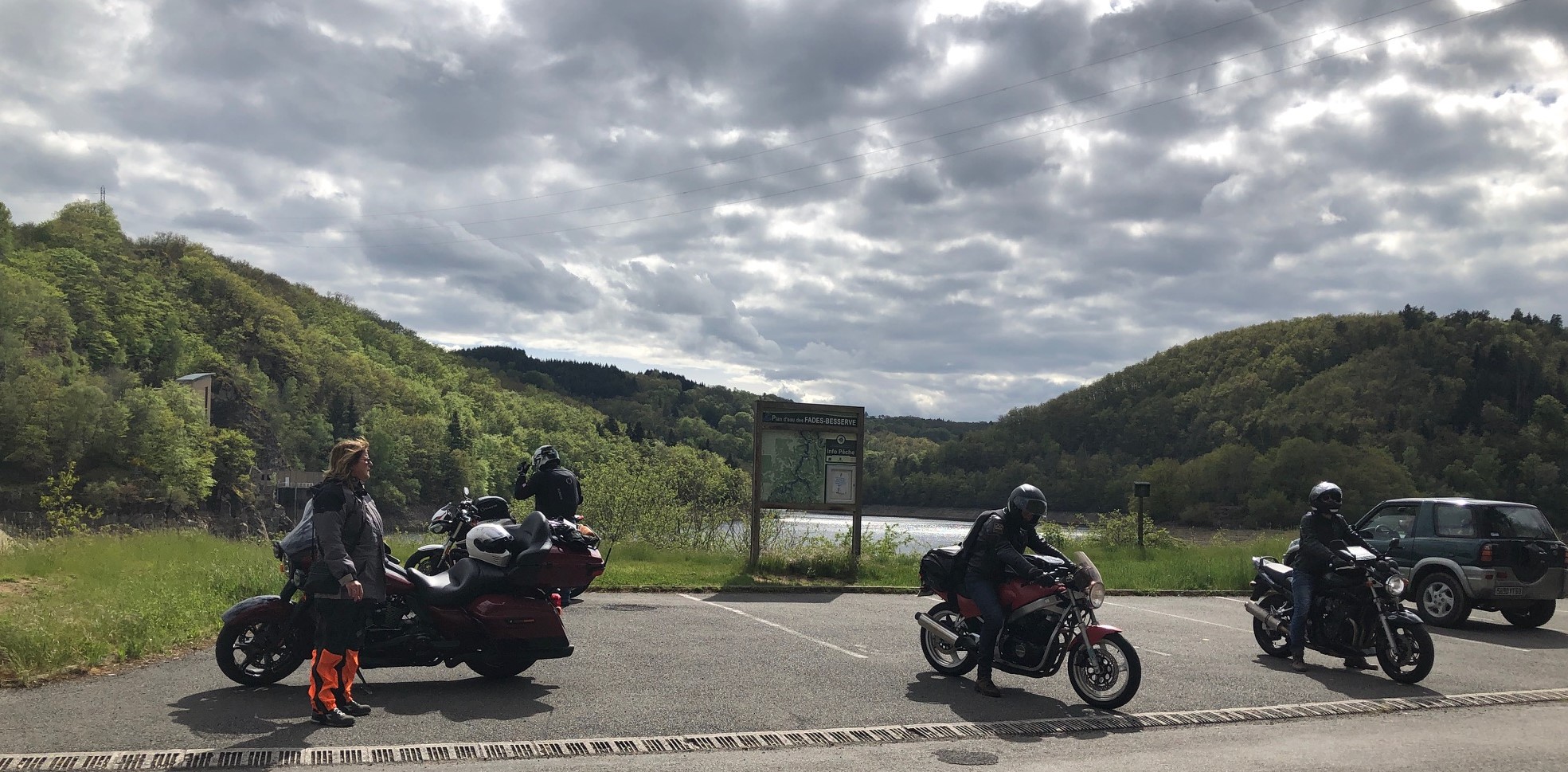 Our second stage was the marvelous Parc des Cévennes in a mountainous area (created in 1970). In 2011, the Park was made a part of The Causses and the Cévennes, Mediterranean agro-pastoral Cultural Landscape Unesco World Heritage Site.
Our second stage was the marvelous Parc des Cévennes in a mountainous area (created in 1970). In 2011, the Park was made a part of The Causses and the Cévennes, Mediterranean agro-pastoral Cultural Landscape Unesco World Heritage Site.
 It is the only French national Park with year-round residents, even in the “heart” of the Park …
It is the only French national Park with year-round residents, even in the “heart” of the Park …
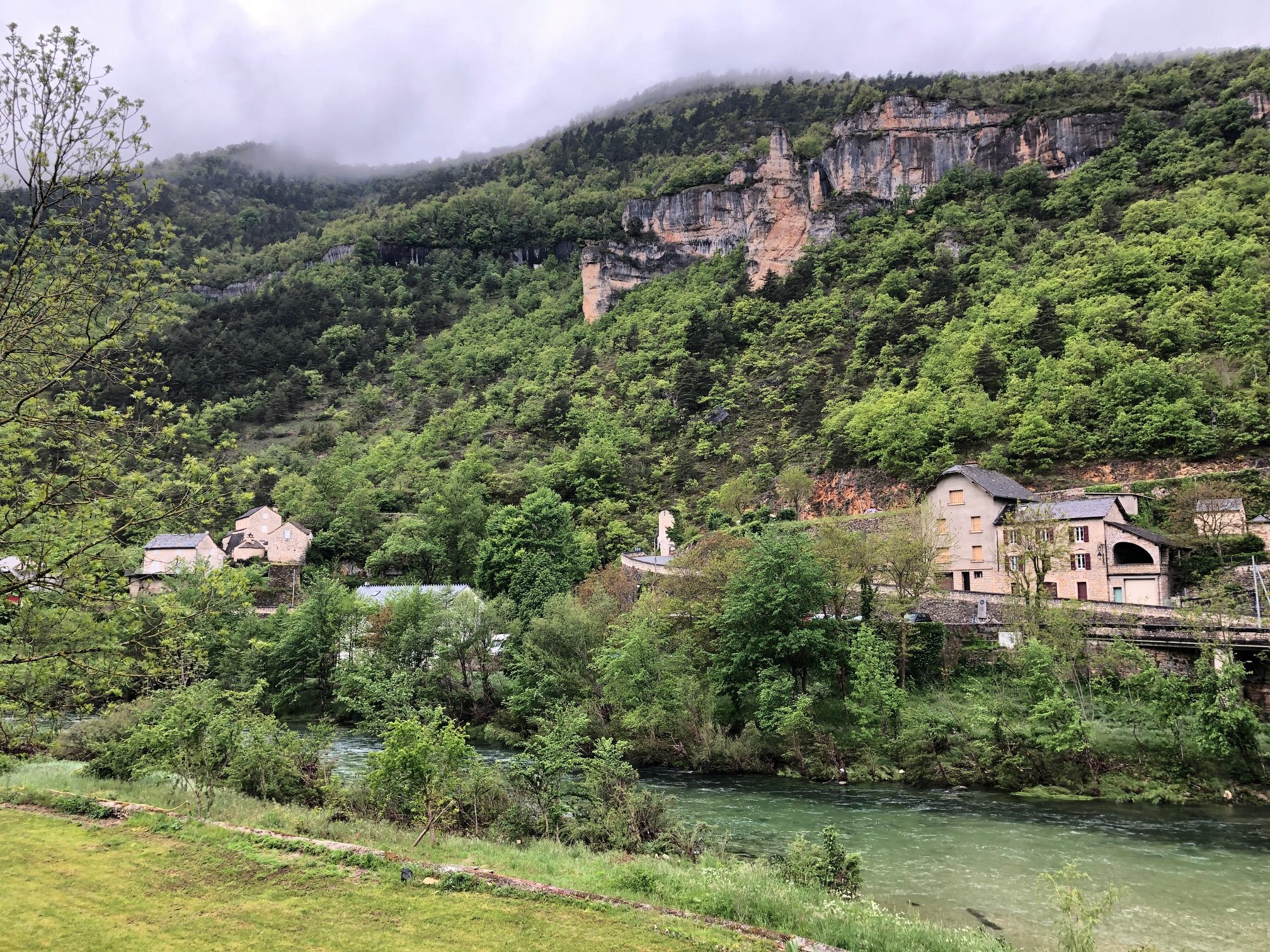 … and regulated protected area, has 2 main types of landscapes: the agropastoral landscapes on the Causses …
… and regulated protected area, has 2 main types of landscapes: the agropastoral landscapes on the Causses …
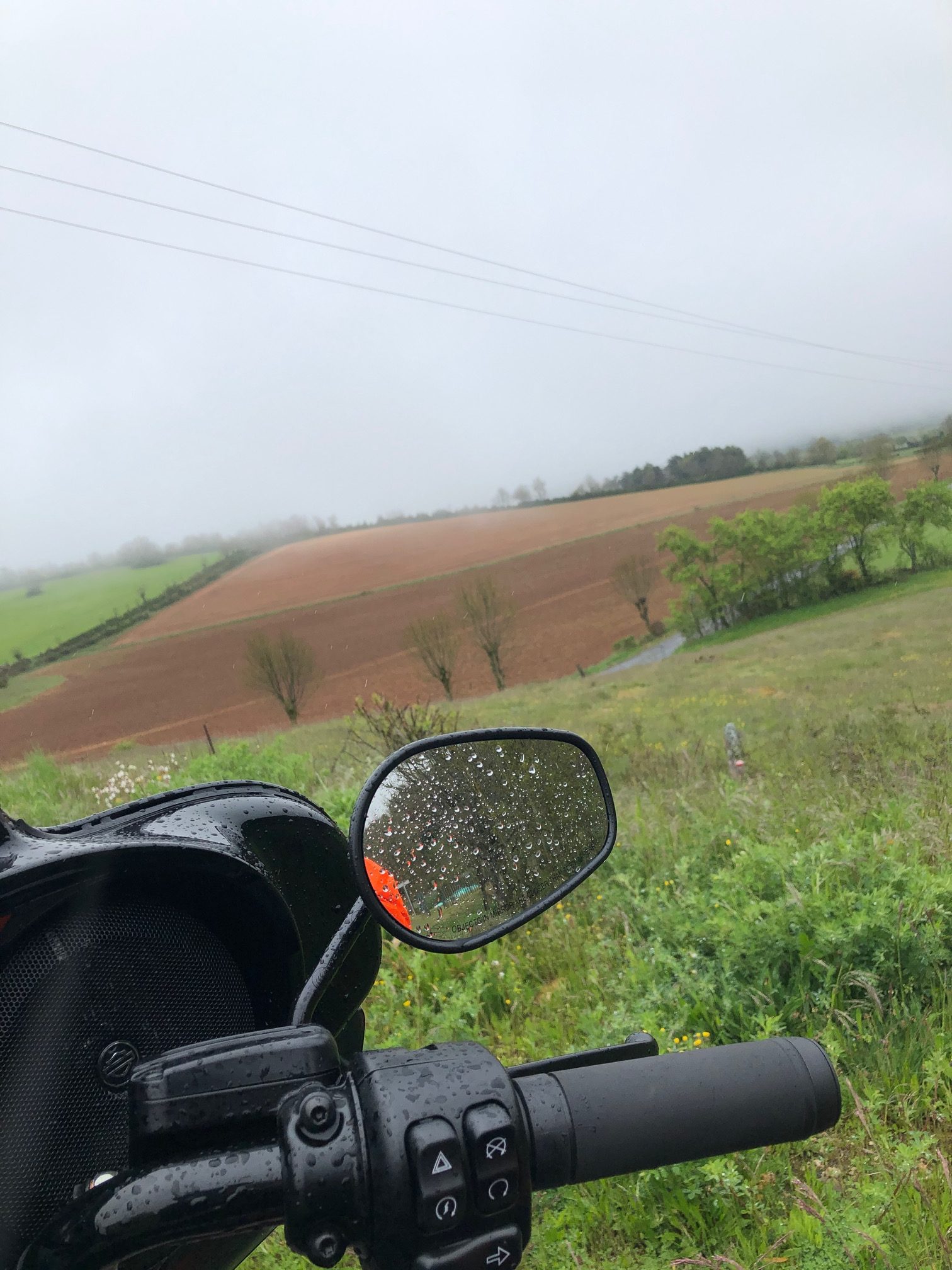 … and Mont Lozère uplands and typical Cévennes Valleys.
… and Mont Lozère uplands and typical Cévennes Valleys.
 And, on this month of May, in this so beautiful region which supposed to be one of the most sunny of France, it’s still …raining.
And, on this month of May, in this so beautiful region which supposed to be one of the most sunny of France, it’s still …raining.
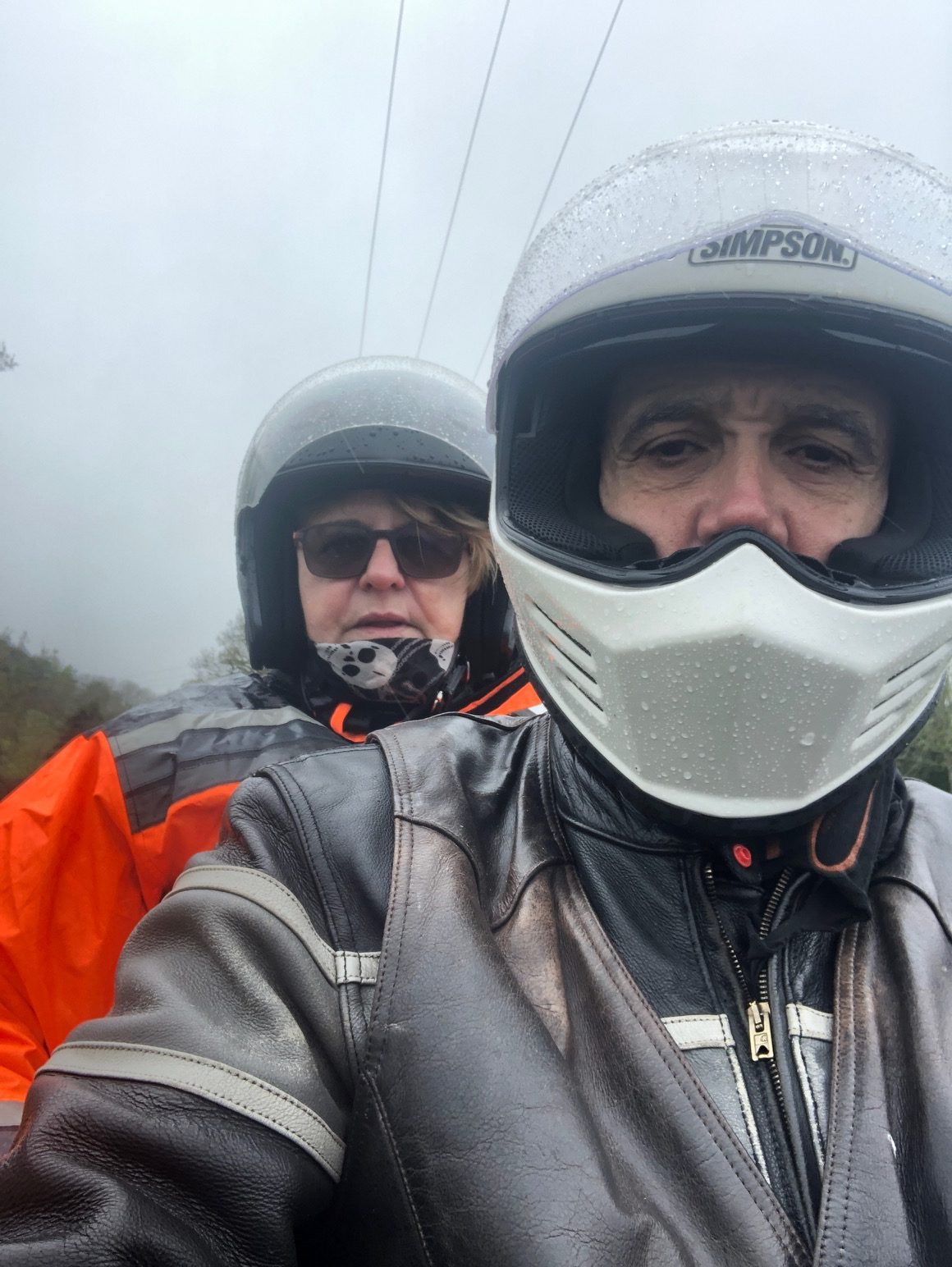 But, the day after, the real goal of our trip was the Cirque de Navacelle. The « Grand Site » de Navacelles is less than 40 kilometres away from the Herault coast as the crow flies. Thus, a lot of the visitors to the « Grand Site » du Cirque de Navacelles are from the big Mediterranean cities, like Montpellier or Beziers which are really not very far away
But, the day after, the real goal of our trip was the Cirque de Navacelle. The « Grand Site » de Navacelles is less than 40 kilometres away from the Herault coast as the crow flies. Thus, a lot of the visitors to the « Grand Site » du Cirque de Navacelles are from the big Mediterranean cities, like Montpellier or Beziers which are really not very far away
 The Cirque de Navacelles is a unique geological feature
The Cirque de Navacelles is a unique geological feature
Three hundred metres deep, the Cirque is an oxbow lake : a dried-up river meander, left as the Vis river forged a more direct route through the landscape, creating an eight metre high waterfall in the process. At the centre, the « Rocher de la Vierge », more commonly known as the « oyster », is surrounded by a strip of very fertile land : the old river bed, the meander.
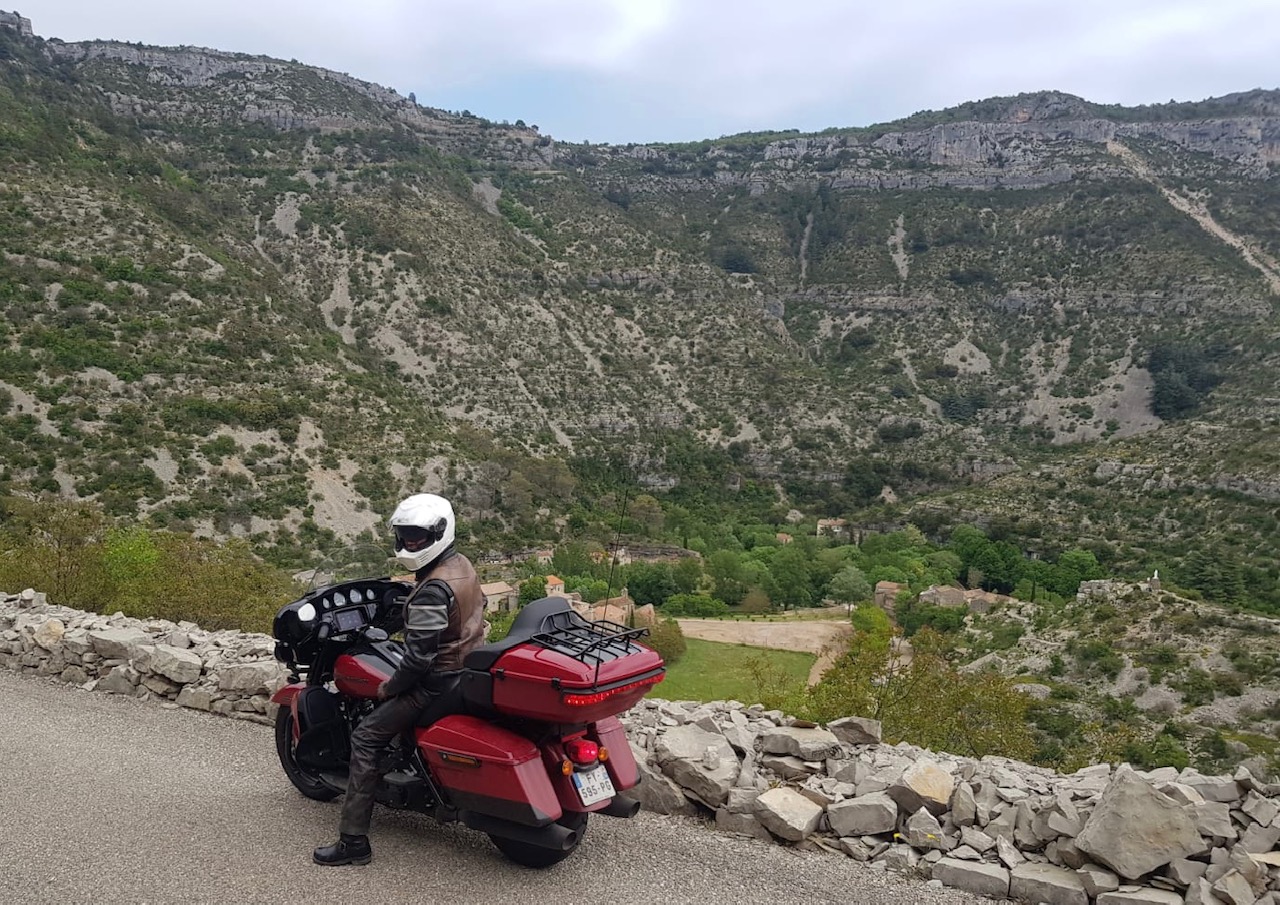 Its green fields, the waterfall and the woodland constrast with the abrupt, dry and stony banks of the gorges, and underline the strange contours. As the local historian Georgette Milhau said : « Navacelles, perhaps more than any other landcape, gives off an inexplicable strangeness ».
Its green fields, the waterfall and the woodland constrast with the abrupt, dry and stony banks of the gorges, and underline the strange contours. As the local historian Georgette Milhau said : « Navacelles, perhaps more than any other landcape, gives off an inexplicable strangeness ».
 But the Cirque de Navacelles is not only a geological wonder, it is also the result of a subtle alchemy between Man and Nature. Humans inhabited this rich farming land very early on, and « tamed » it. Today, the Causses’ intricate evolution and the houses grouped together on three small islands squeezed alongside the meander and the Vis river, all give the site its particular human aspect, and reinforce the amazing views. With the water perpetually moving, these green landscapes, worked and inhabited, bear witness to the life that exists in the midst of a seemingly « petrified » landscape of gorges and Causses.
But the Cirque de Navacelles is not only a geological wonder, it is also the result of a subtle alchemy between Man and Nature. Humans inhabited this rich farming land very early on, and « tamed » it. Today, the Causses’ intricate evolution and the houses grouped together on three small islands squeezed alongside the meander and the Vis river, all give the site its particular human aspect, and reinforce the amazing views. With the water perpetually moving, these green landscapes, worked and inhabited, bear witness to the life that exists in the midst of a seemingly « petrified » landscape of gorges and Causses.
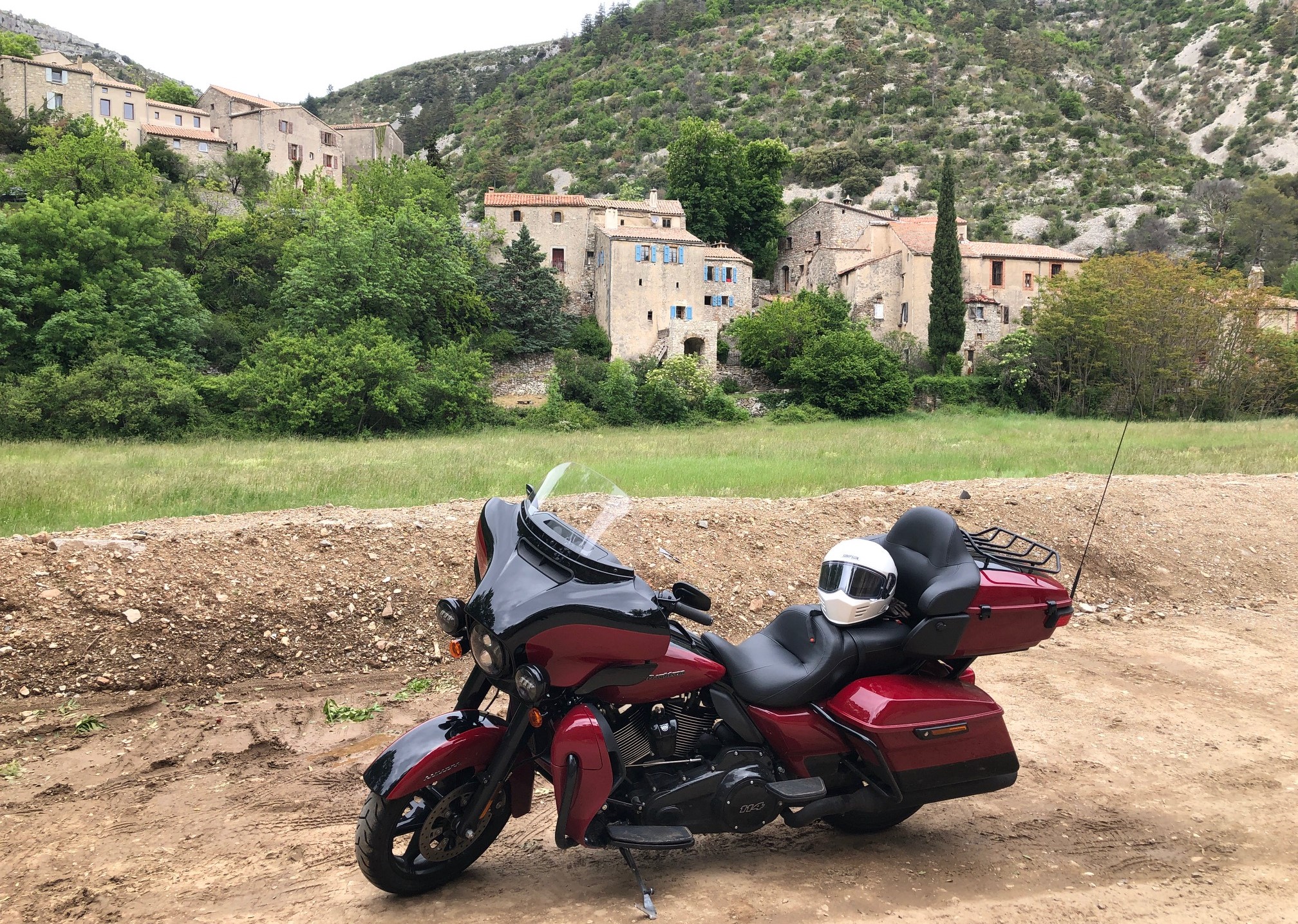 The emotion felt on discovering the site rests not only in the beauty of the Cirque itself, but also in its sudden appearance after a long ride across the mountains on amazing tiny roads and after crossing long stretches of dry lands.
The emotion felt on discovering the site rests not only in the beauty of the Cirque itself, but also in its sudden appearance after a long ride across the mountains on amazing tiny roads and after crossing long stretches of dry lands.
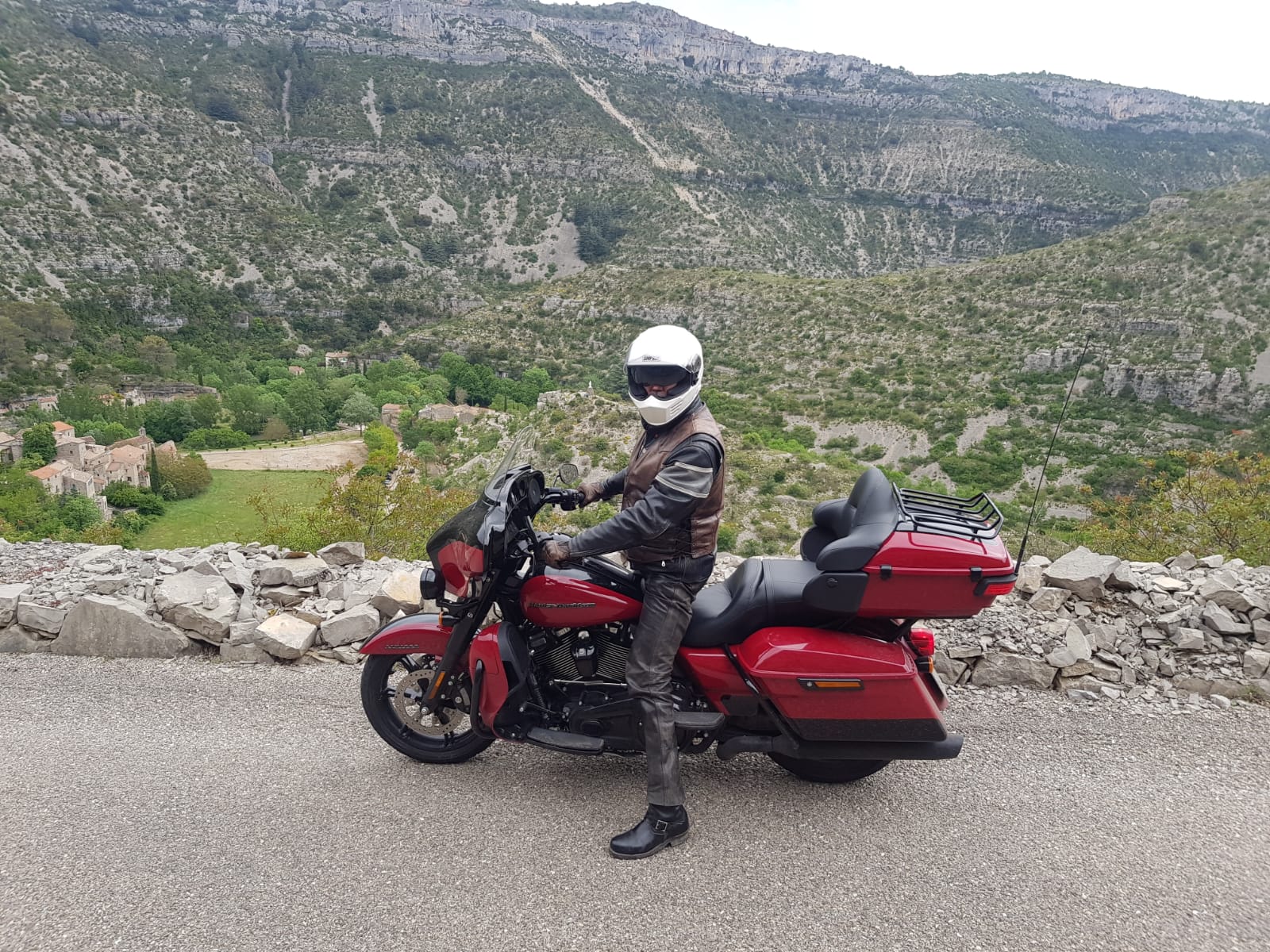 Then, after these three first days of discovering France and improving our culture, it was time to meet some old biker friends … But before, a little stop to the local Harley Davidson dealership, “Macadam”, in the city of Montpellier.
Then, after these three first days of discovering France and improving our culture, it was time to meet some old biker friends … But before, a little stop to the local Harley Davidson dealership, “Macadam”, in the city of Montpellier.
 Where the brand new Pan America was in display for some days …
Where the brand new Pan America was in display for some days …
 About my local friends … I have no words …what could I say?? Maybe just show you some pix??
About my local friends … I have no words …what could I say?? Maybe just show you some pix??
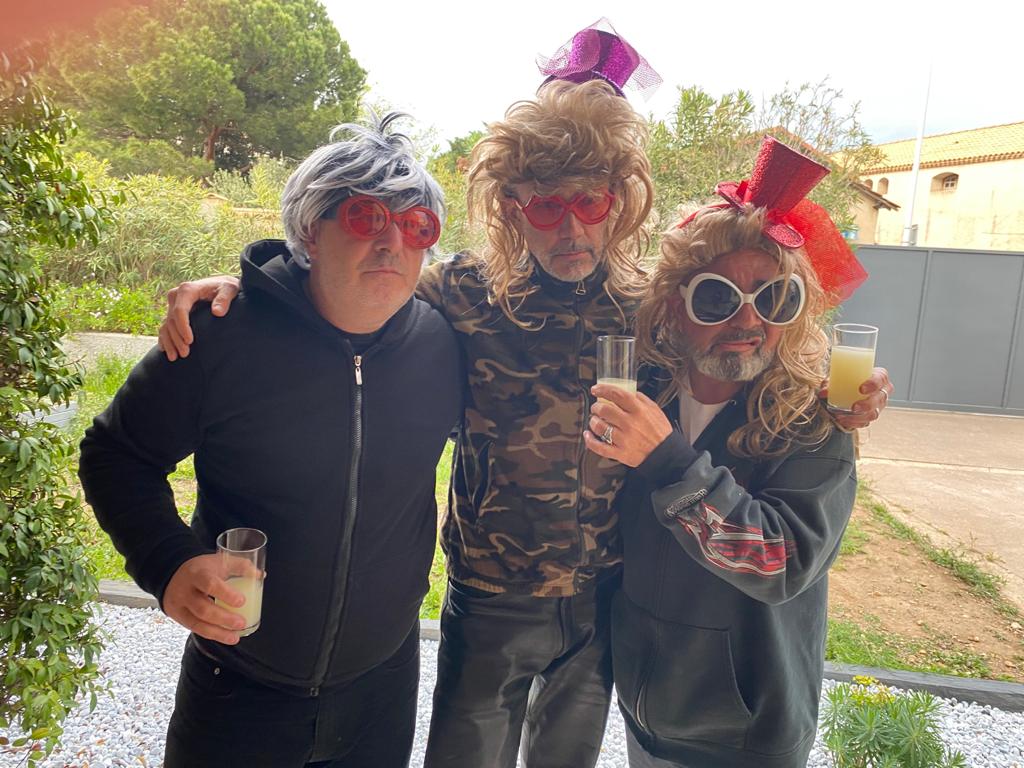 I knew they are heavy riders and they love to share local products with their Parisian visitors …
I knew they are heavy riders and they love to share local products with their Parisian visitors …
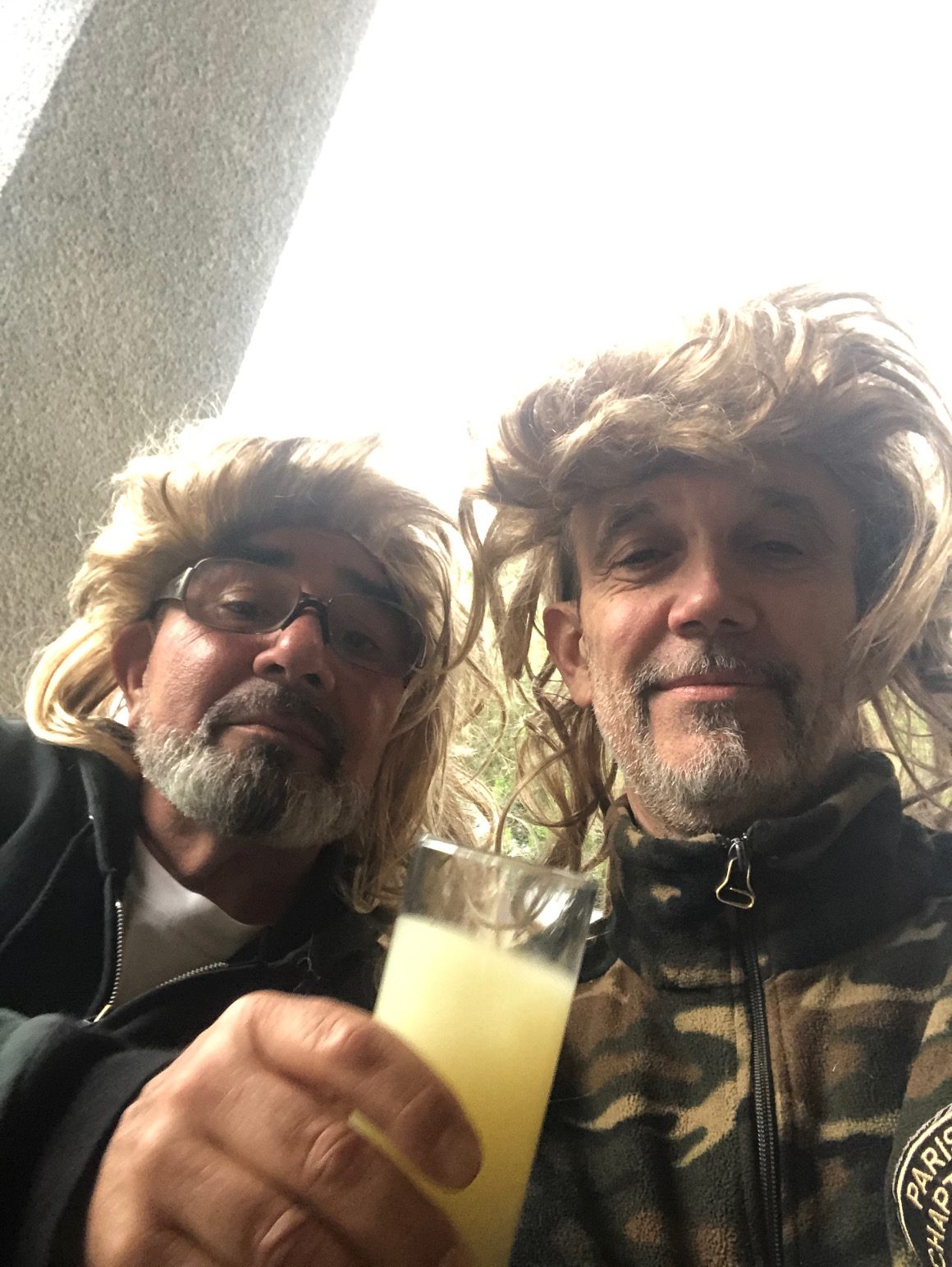 But I didn’t know they use to use massive destruction weapons … this cute little bottle of local pink wine seemed so inoffensive at the beginning of the party …
But I didn’t know they use to use massive destruction weapons … this cute little bottle of local pink wine seemed so inoffensive at the beginning of the party …
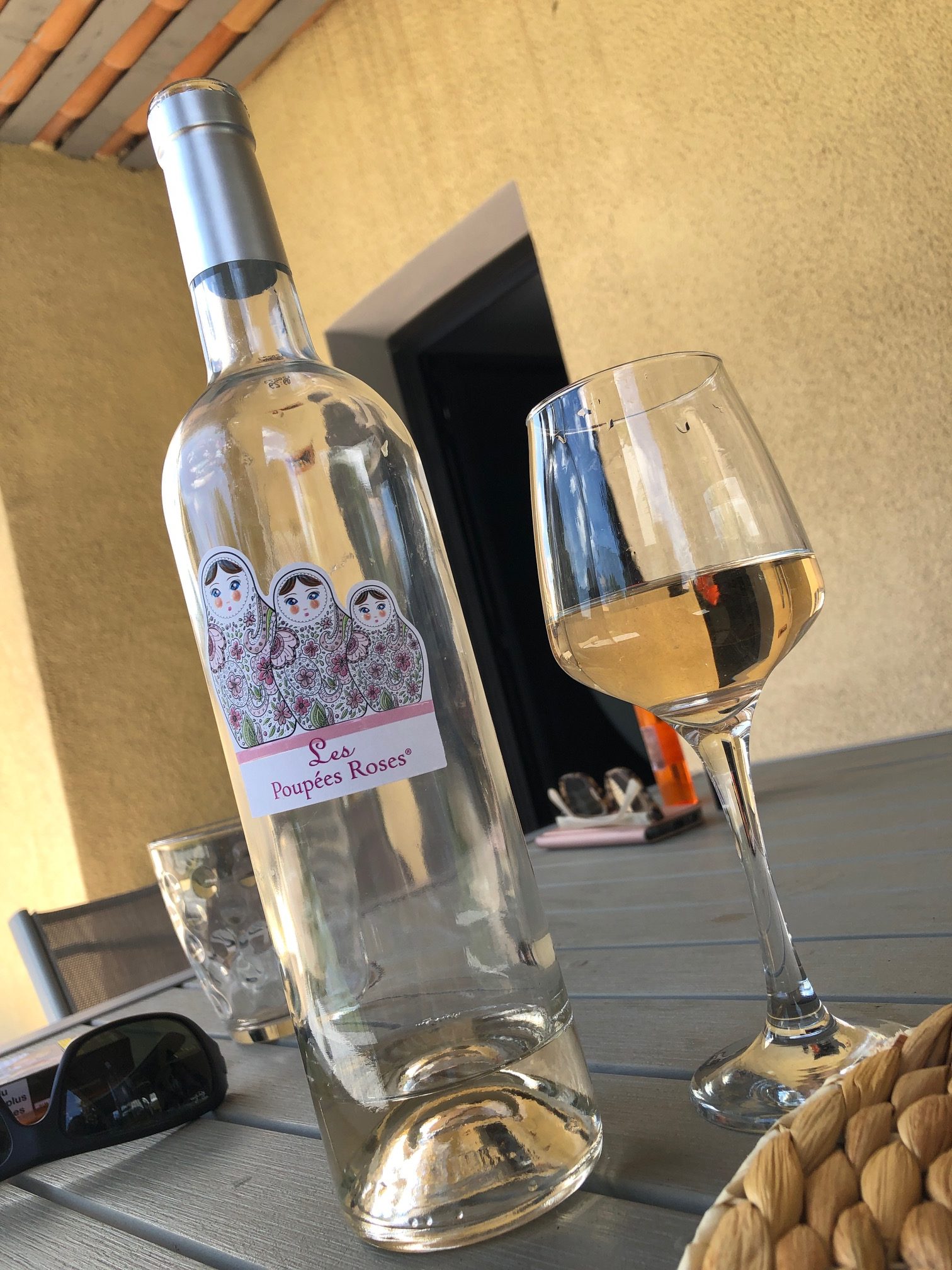 In the end, I only knew that this wine was conducive to regrowing your hair …
In the end, I only knew that this wine was conducive to regrowing your hair …
 And, after 3 days of this terrible ambiance, it was time to take the way back home … and make a stop at this prodigious bridge: the Viaduct of Millau. As of September 2020, it is the tallest bridge in the world
And, after 3 days of this terrible ambiance, it was time to take the way back home … and make a stop at this prodigious bridge: the Viaduct of Millau. As of September 2020, it is the tallest bridge in the world
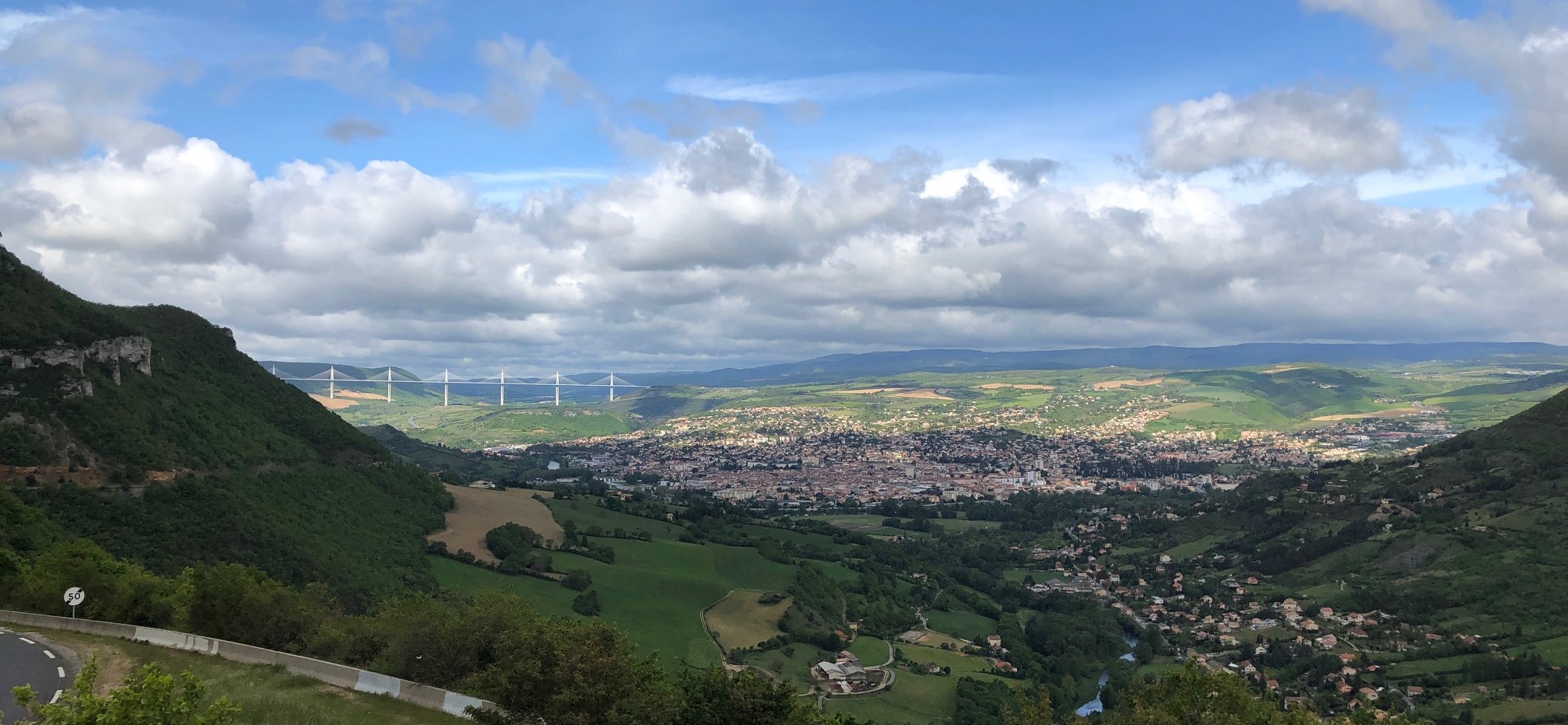 The Millau Viaduct is a multi-span cable-stayed bridge completed in 2004 across the gorge valley of the Tarn near Millau in Southern France, having a structural height of 336.4 metres (1,104 ft).
The Millau Viaduct is a multi-span cable-stayed bridge completed in 2004 across the gorge valley of the Tarn near Millau in Southern France, having a structural height of 336.4 metres (1,104 ft).
 The construction Millau Viaduct broke several records:
The construction Millau Viaduct broke several records:
- The highest pylons in the world: pylons P2 and P3, 244.96 metres (803 ft 8 in) and 221.05 metres (725 ft 3 in) in height respectively, broke the French record previously held by the Tulle and Verrière viaducts (141 metres or 463 feet), and the world record previously held by the Kochertal Viaduct (Germany), which is 181 metres (594 ft) at its highest;
- The highest bridge tower in the world: the mast atop pylon P2 peaks at 336.4 metres (1,104 ft);
- The highest road bridge deck in Europe, 270 metres (890 ft) above the Tarn at its highest point; it is nearly twice as tall as the previous tallest vehicular bridges in Europe, the Europabrücke in Austria and the Italia viaduct in Italy.
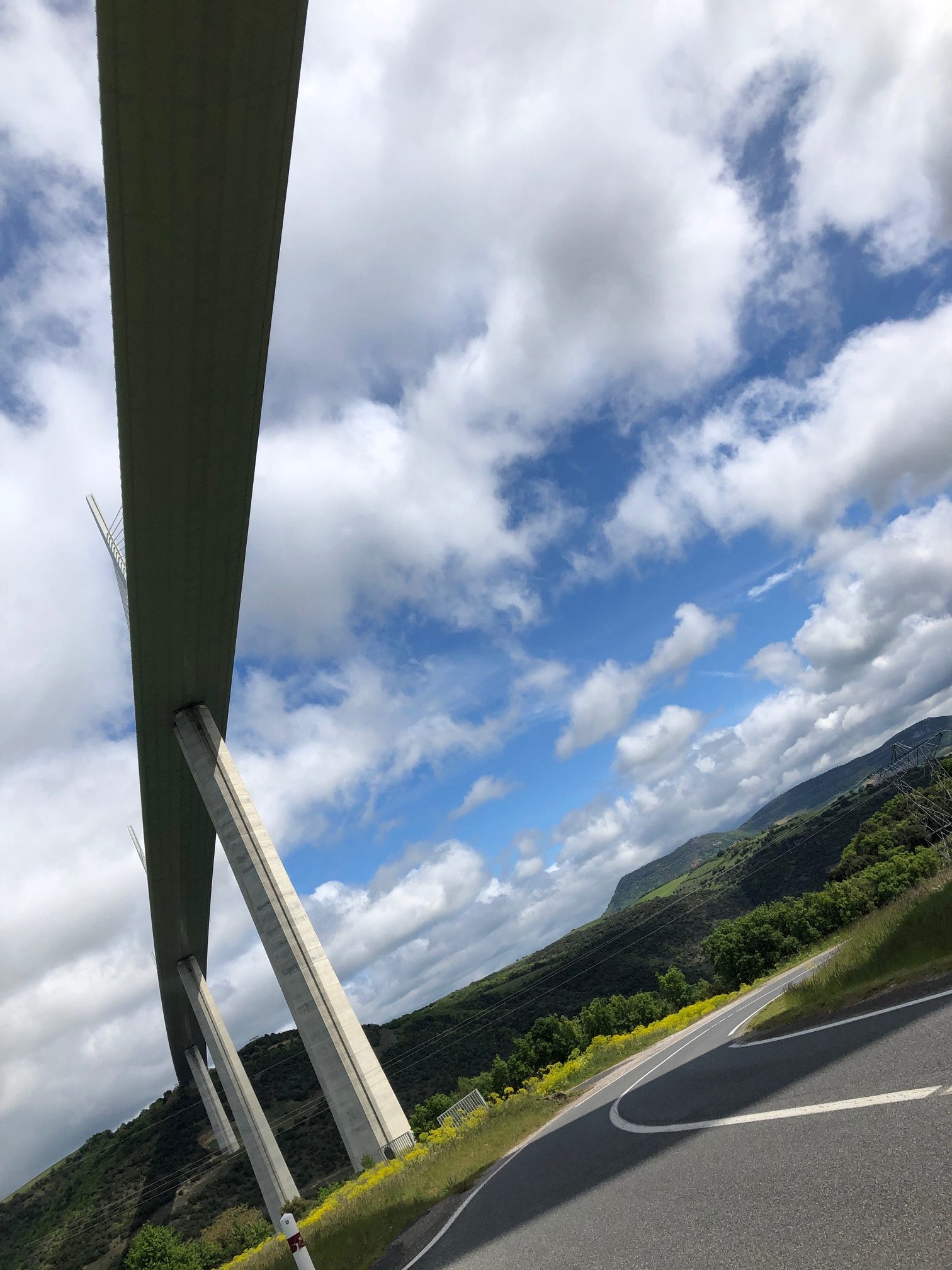 Since opening in 2004, the deck height of Millau has been surpassed by several suspension bridges in China. In 2012, Mexico’s Baluarte Bridge surpassed Millau as the world’s highest cable-stayed bridge. The royal Gorge suspension bridge in the U.S. state of Colorado is also higher, with a bridge deck approximately 291 metres (955 ft) over the Arkansas River.
Since opening in 2004, the deck height of Millau has been surpassed by several suspension bridges in China. In 2012, Mexico’s Baluarte Bridge surpassed Millau as the world’s highest cable-stayed bridge. The royal Gorge suspension bridge in the U.S. state of Colorado is also higher, with a bridge deck approximately 291 metres (955 ft) over the Arkansas River.
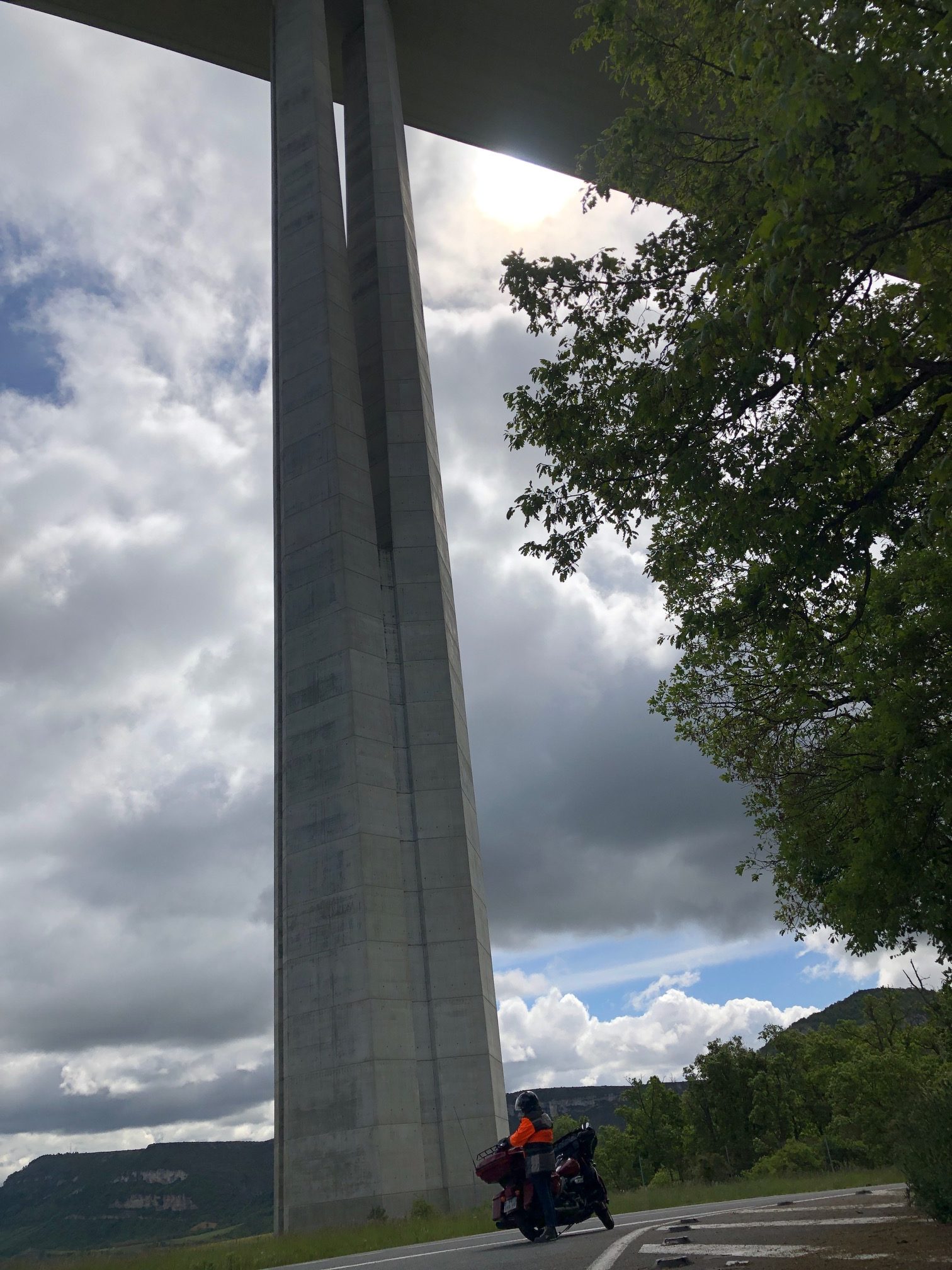 The feeling you have under this colossus in simply indescribable, you have to see it by yourself to understand what I mean …
The feeling you have under this colossus in simply indescribable, you have to see it by yourself to understand what I mean …
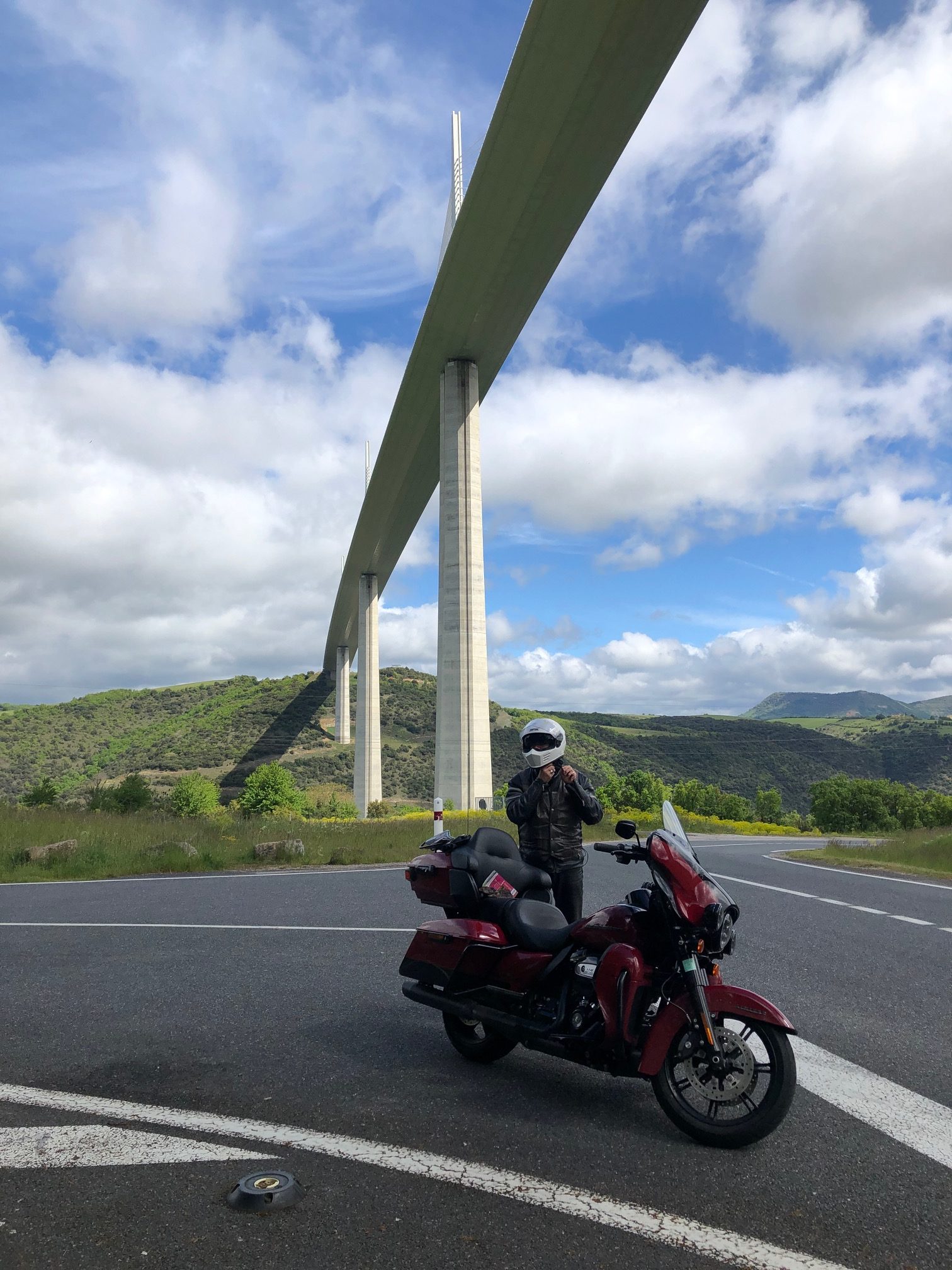 On this Thursday morning, on our way back, we have been (finally) lucky: the sun made its appearance!
On this Thursday morning, on our way back, we have been (finally) lucky: the sun made its appearance!
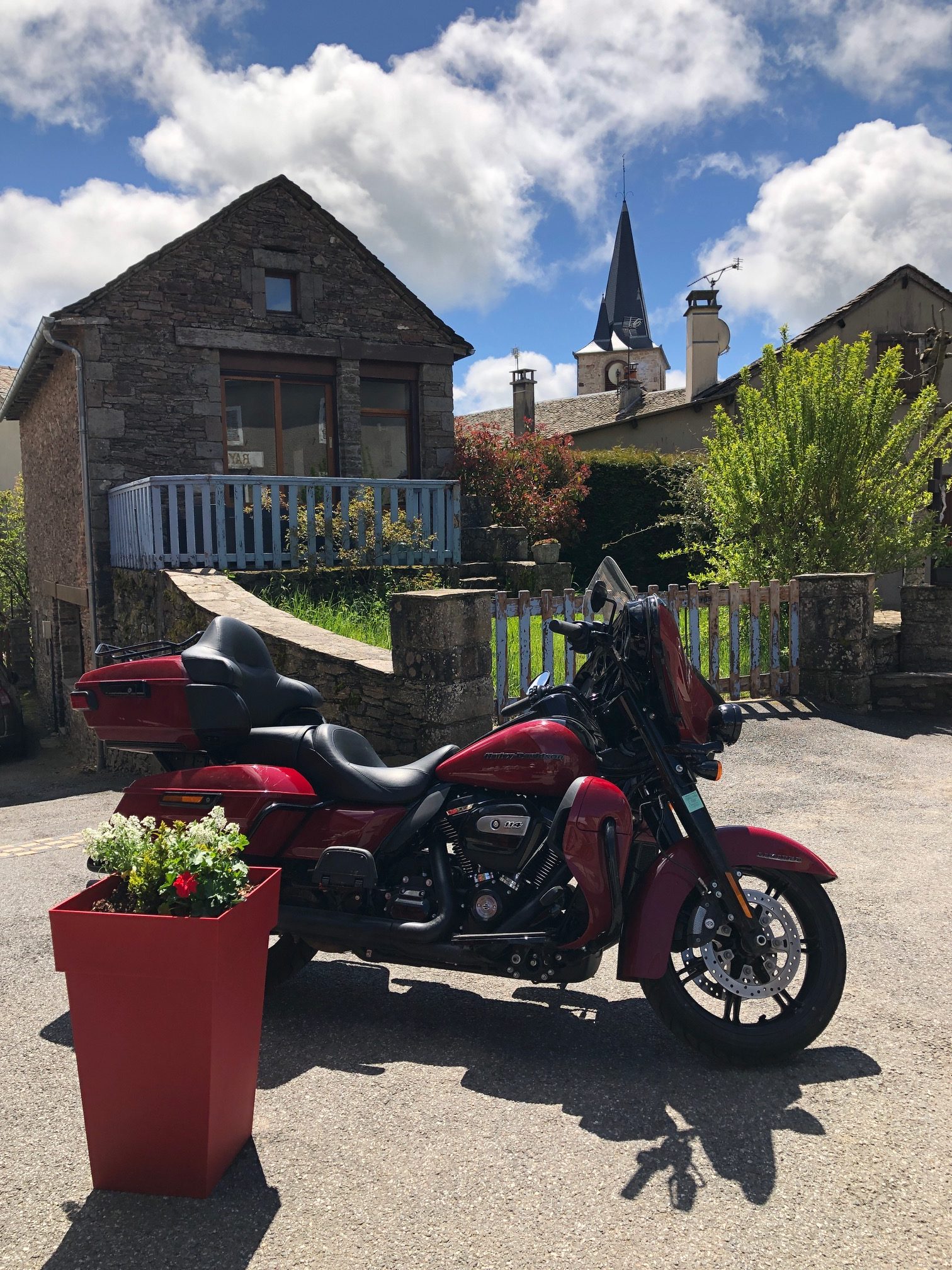 And, happy us, this day was the first day where bars and restaurants were authorized to reopen their terraces all over France after several months of total closure because of the confinement. Yes!!! And by total chance, in a lost little typical village we found this amazing traditional restaurant and its little terrace.
And, happy us, this day was the first day where bars and restaurants were authorized to reopen their terraces all over France after several months of total closure because of the confinement. Yes!!! And by total chance, in a lost little typical village we found this amazing traditional restaurant and its little terrace.
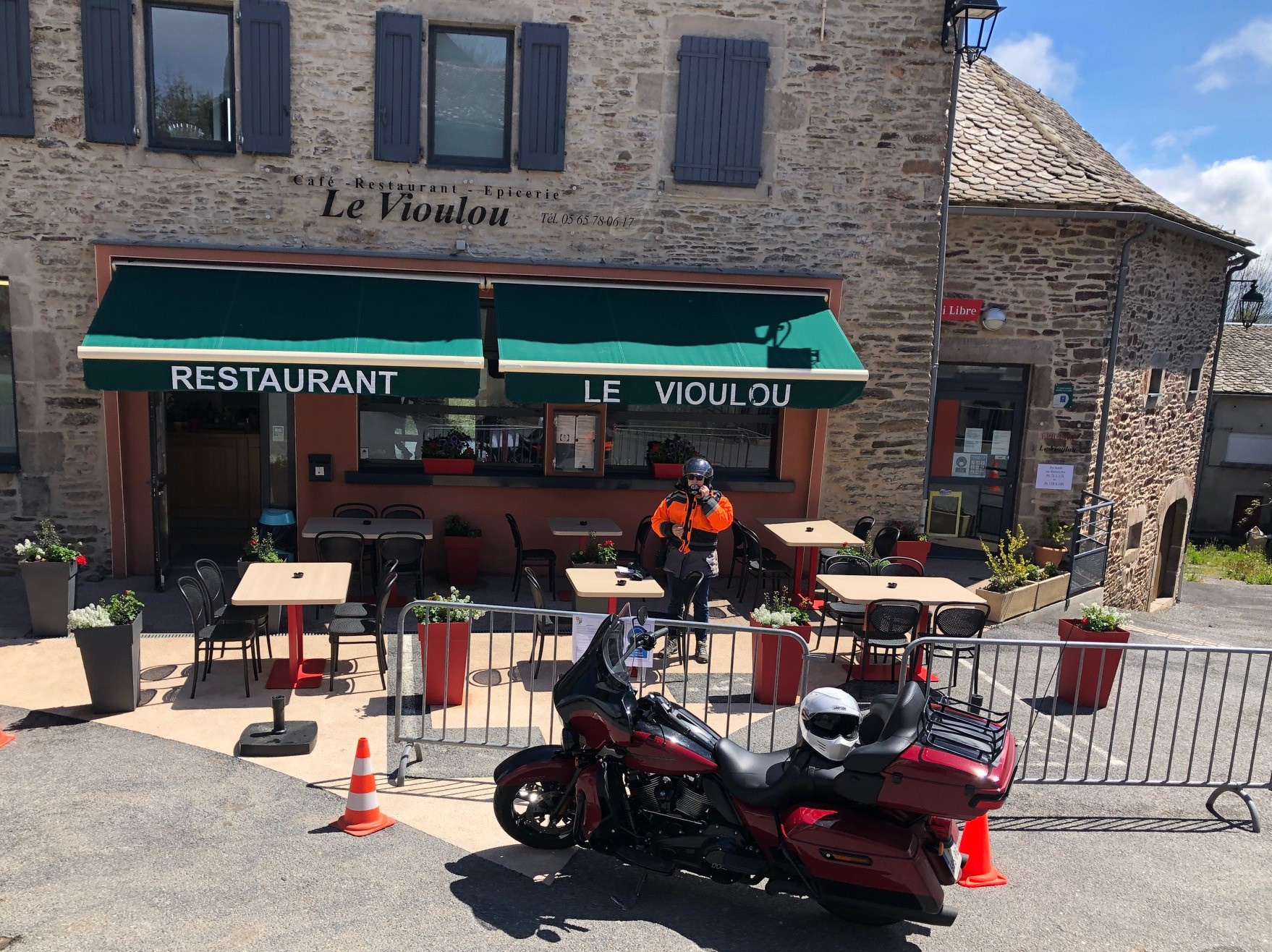 And now, go North!! Crossing the region of Aubrac and its main city of Laguiole (once again under the rain – but this part of France is well known for having snow storms even in July).
And now, go North!! Crossing the region of Aubrac and its main city of Laguiole (once again under the rain – but this part of France is well known for having snow storms even in July).
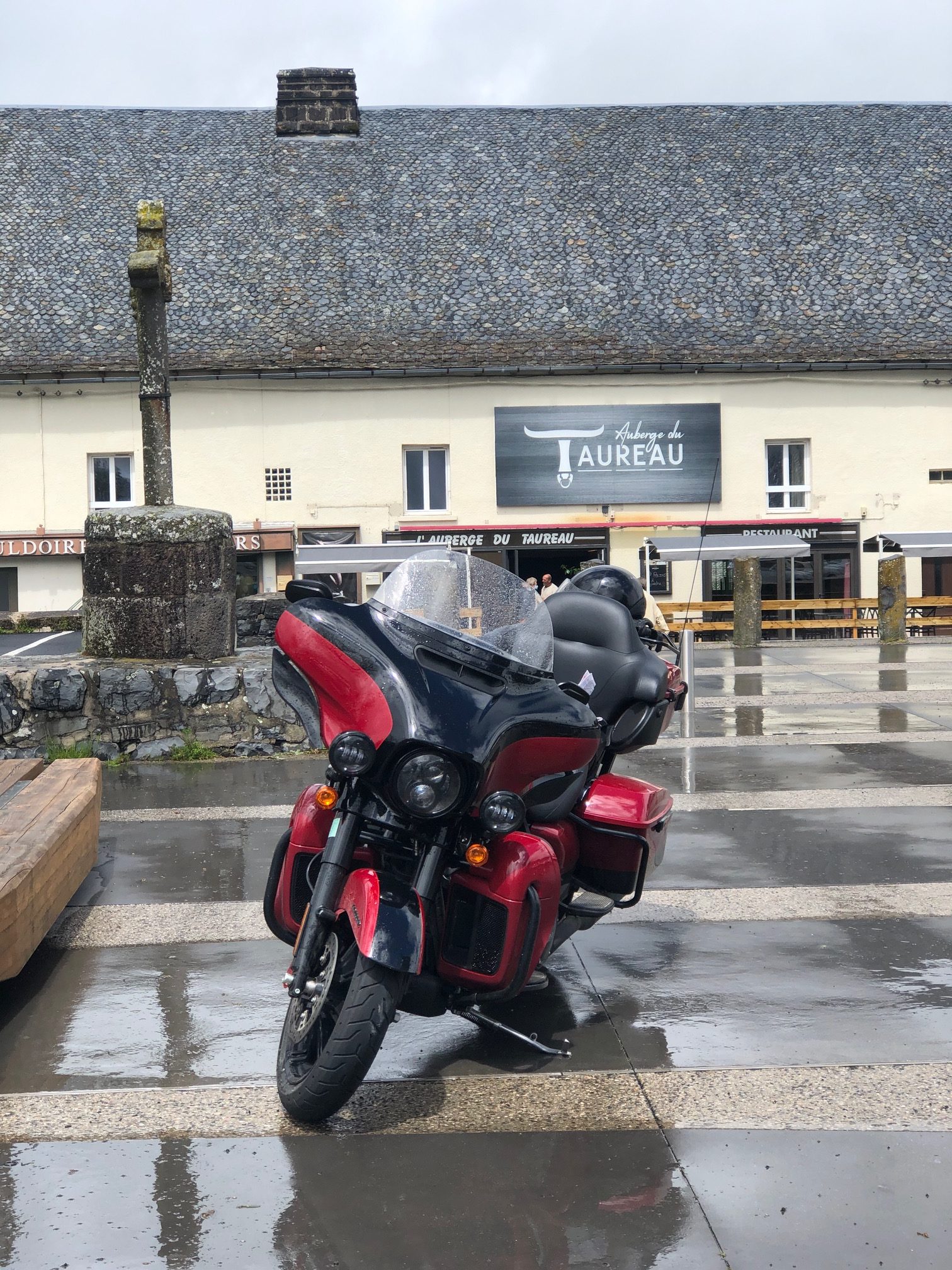 Laguiole is a commune in southern France well known for its cheese and as the birthplace of the Laguiole knife. The process of creating handmade knives is a long one, and it’s what sets Laguiole en Aubrac apart from the crowd. Made by a single craftsman from start to finish in the historic Aubrac region of France, Laguiole knives carry a legacy of tradition that dates back to 1829. Knife makers can be visited and traditional local products tasted.
Laguiole is a commune in southern France well known for its cheese and as the birthplace of the Laguiole knife. The process of creating handmade knives is a long one, and it’s what sets Laguiole en Aubrac apart from the crowd. Made by a single craftsman from start to finish in the historic Aubrac region of France, Laguiole knives carry a legacy of tradition that dates back to 1829. Knife makers can be visited and traditional local products tasted.
 The tradition asks that you take a picture of your bike on the main place in front of the of the bull. Right in the center of Laguiole, the granite and basalt houses with their Lauze (it’s a local stone) covered roofs surround the imposing bronze statue of the bull, symbolic expression of the placid force, the ardour and the vigour of the Aubrac breed bull.
The tradition asks that you take a picture of your bike on the main place in front of the of the bull. Right in the center of Laguiole, the granite and basalt houses with their Lauze (it’s a local stone) covered roofs surround the imposing bronze statue of the bull, symbolic expression of the placid force, the ardour and the vigour of the Aubrac breed bull.
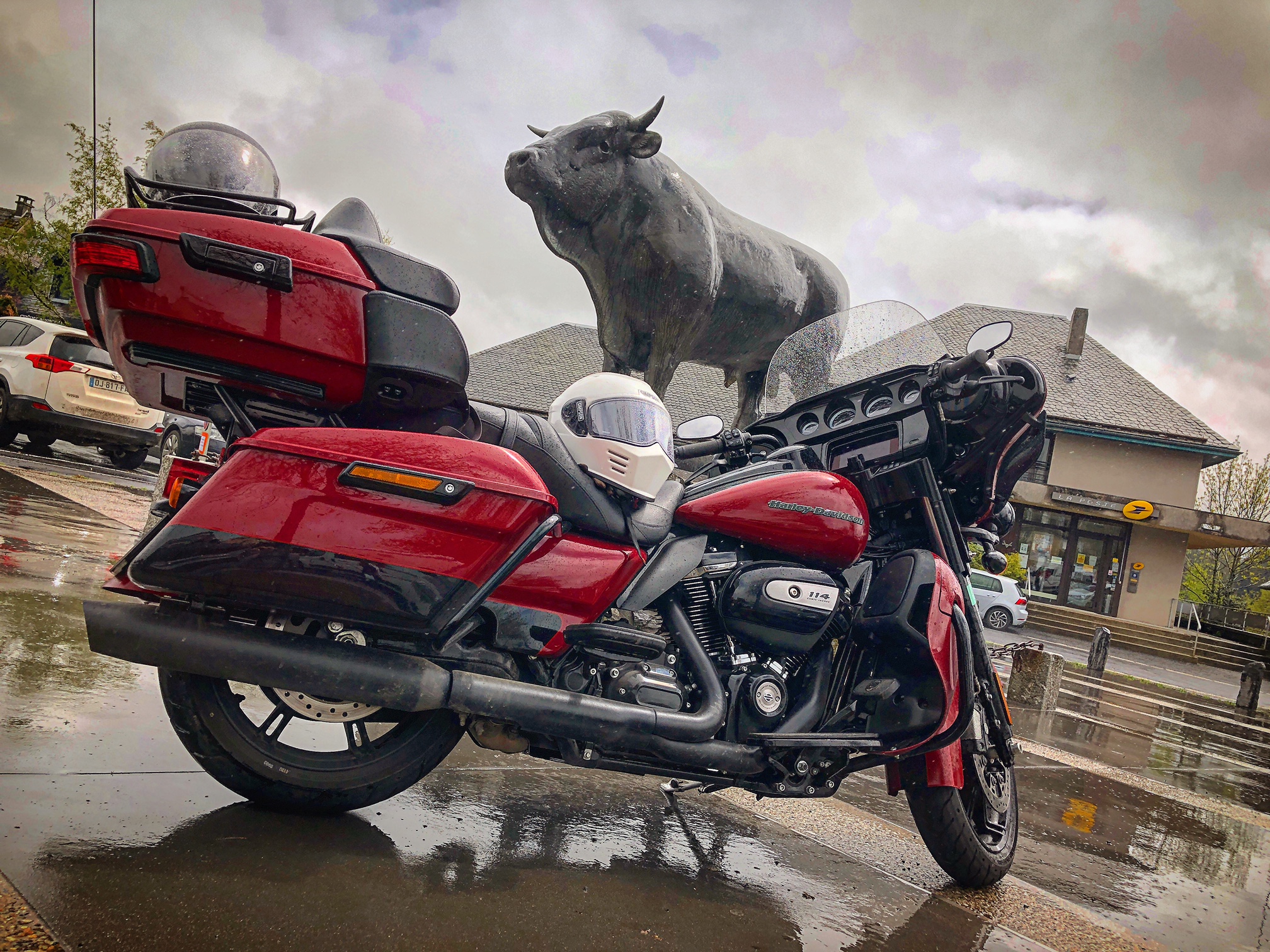 And then … the wine city of Sancerre…
And then … the wine city of Sancerre…
 The fabulous genuine medieval hotel in Bourges city …
The fabulous genuine medieval hotel in Bourges city … Yes, it was a great road trip!
Yes, it was a great road trip!
Next time you’re in France, would you like I make you discover my country? If yes, just gimme a call and let’s go!
See ya soon on the road, who knows?!?
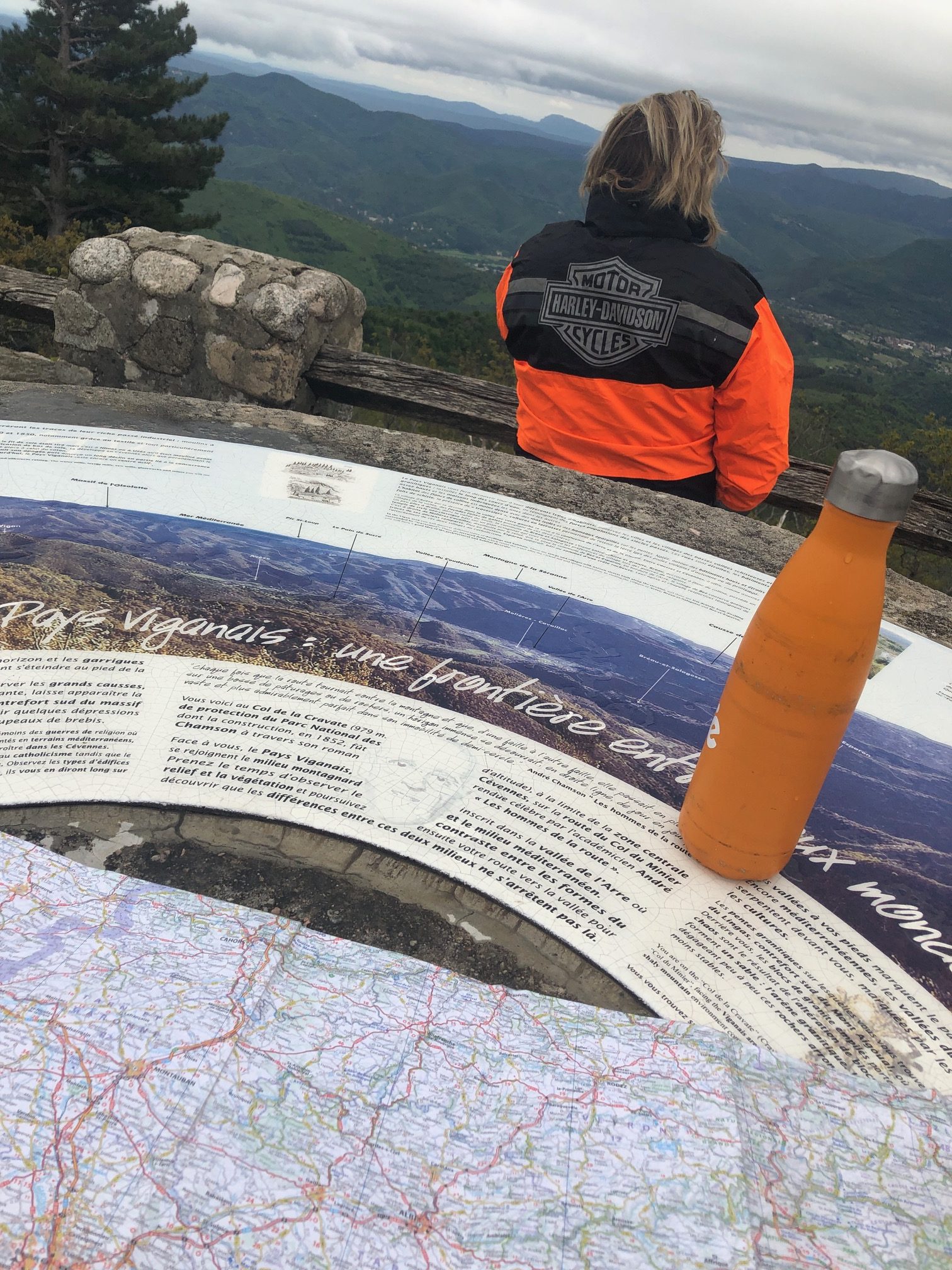 Hervé, your French biker friend
Hervé, your French biker friend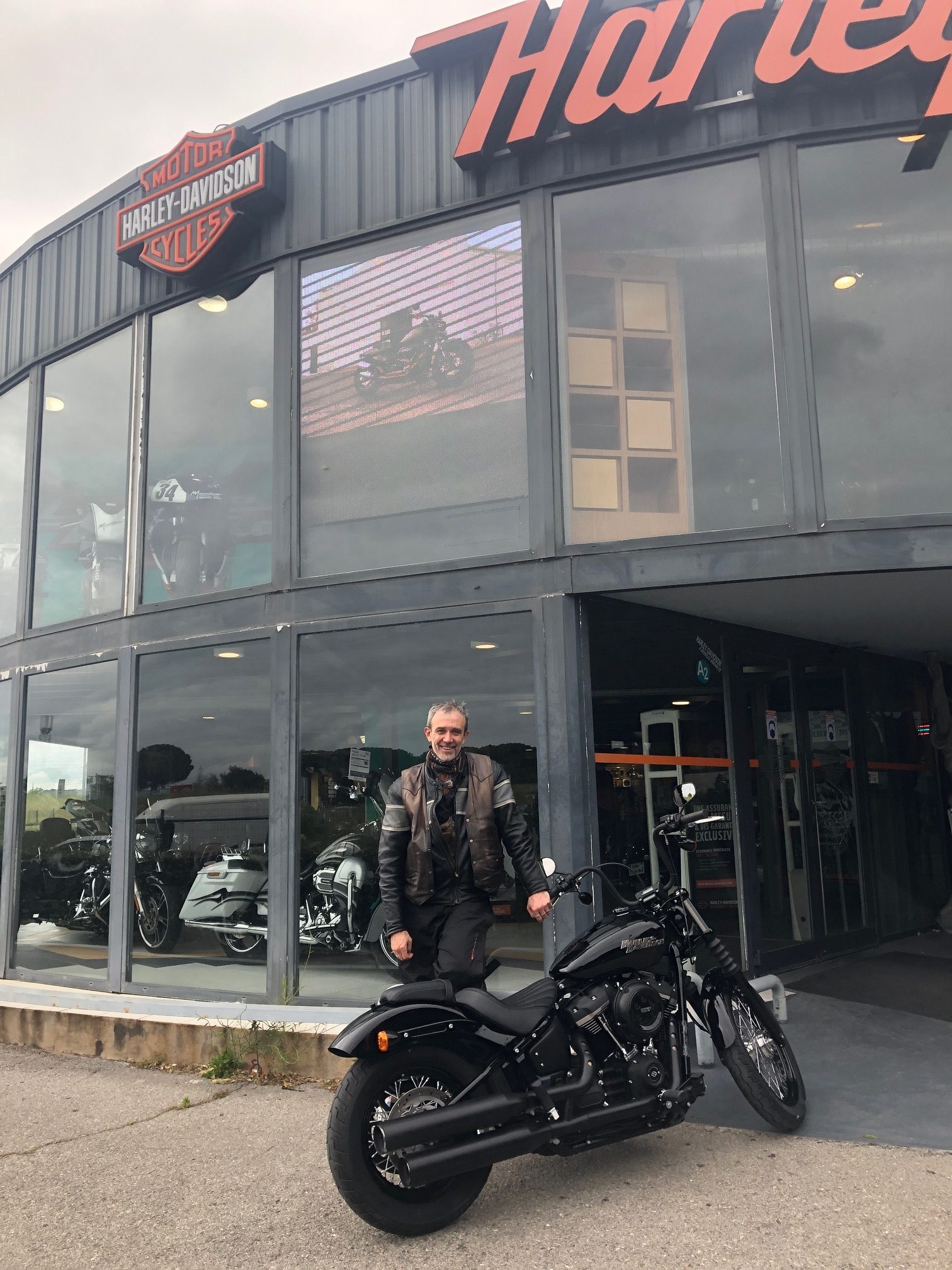
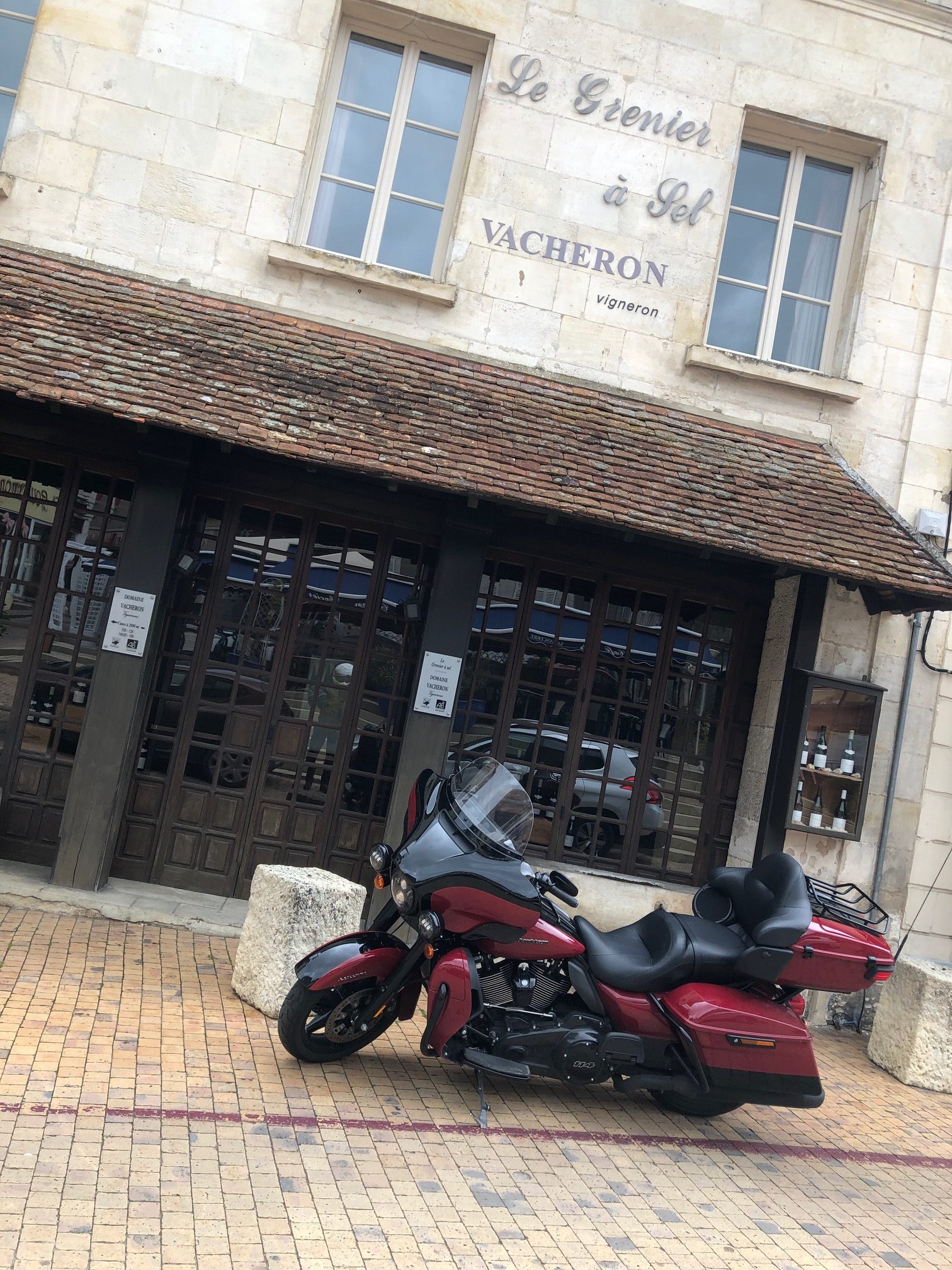
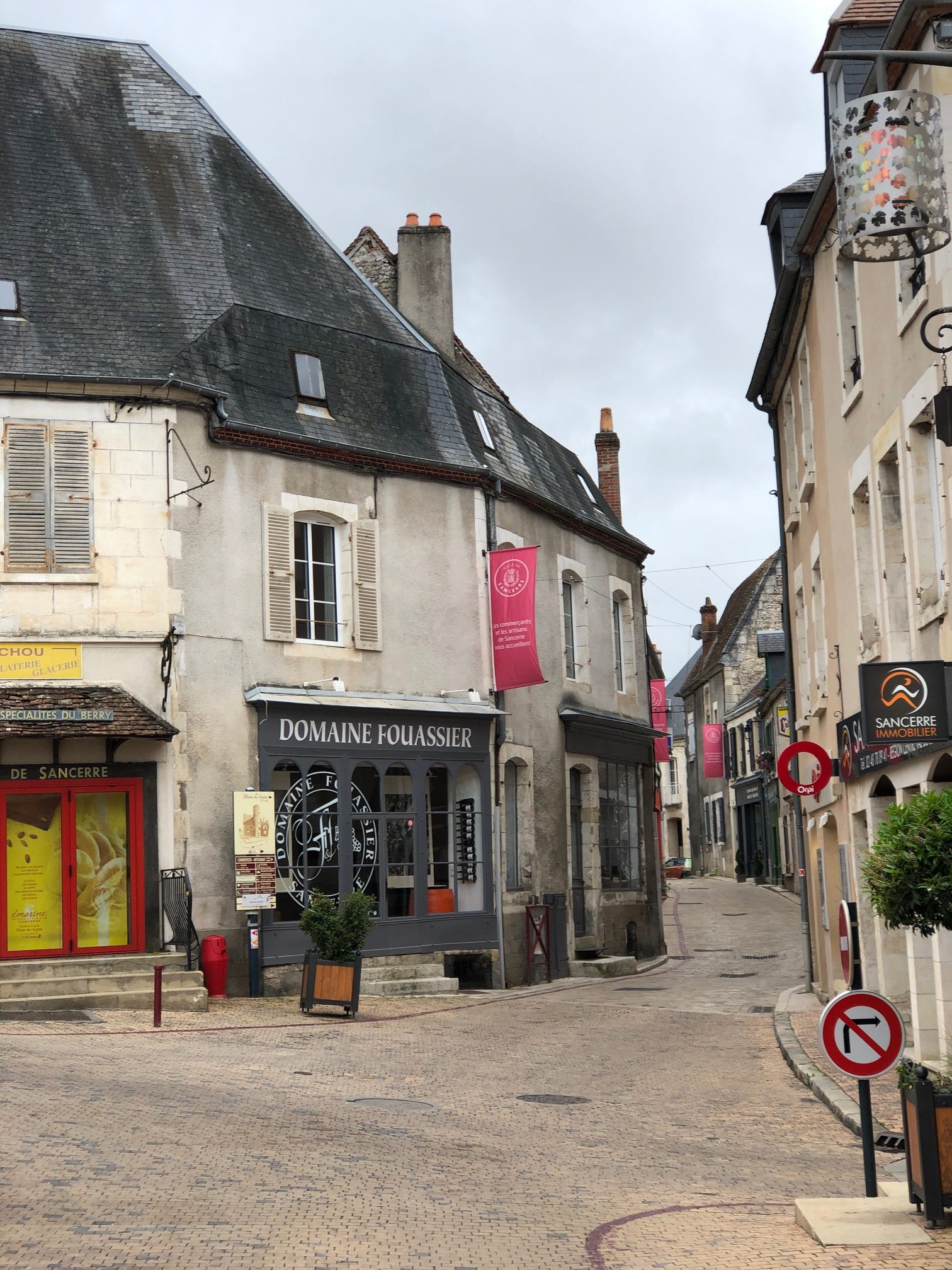

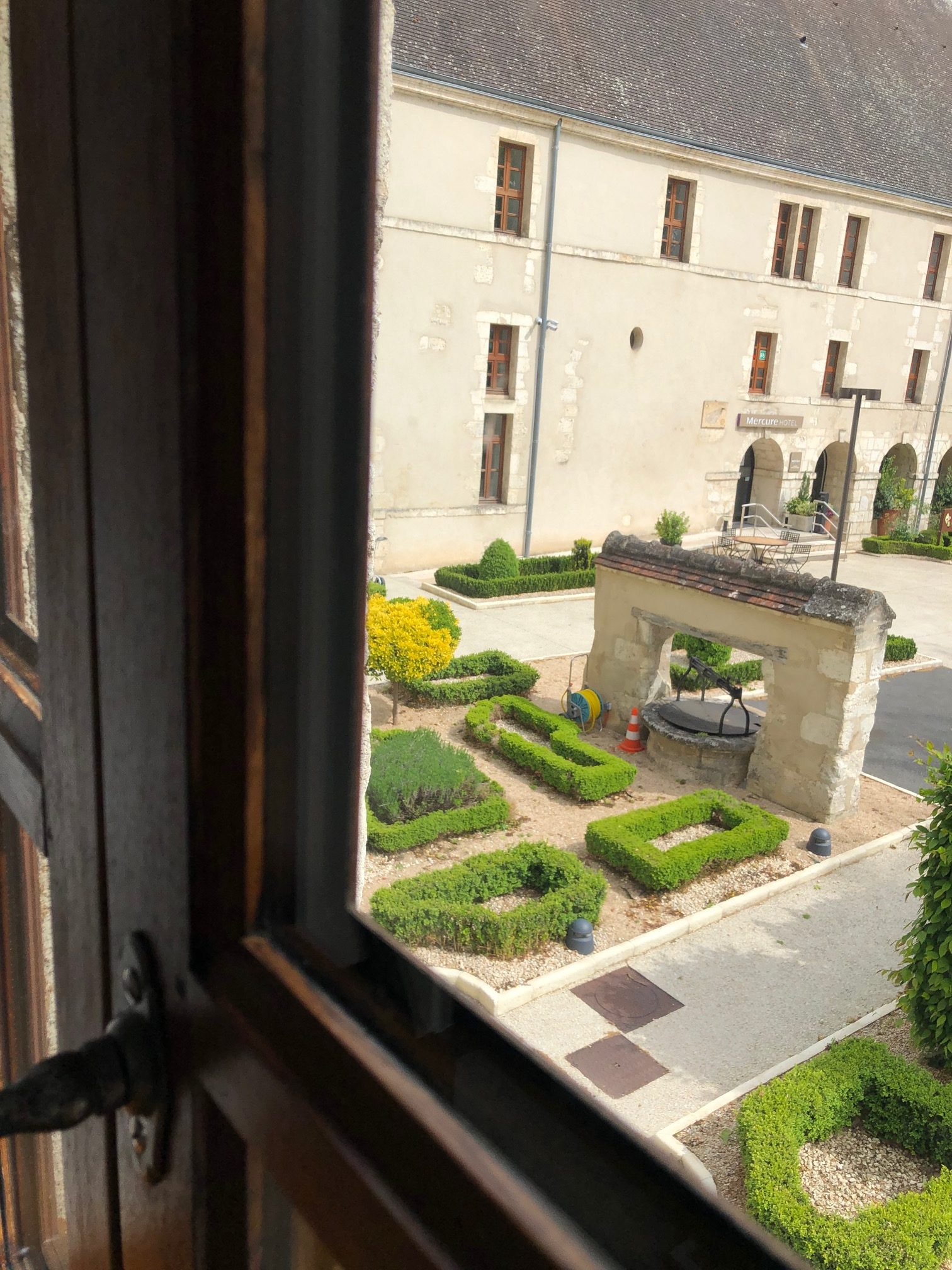
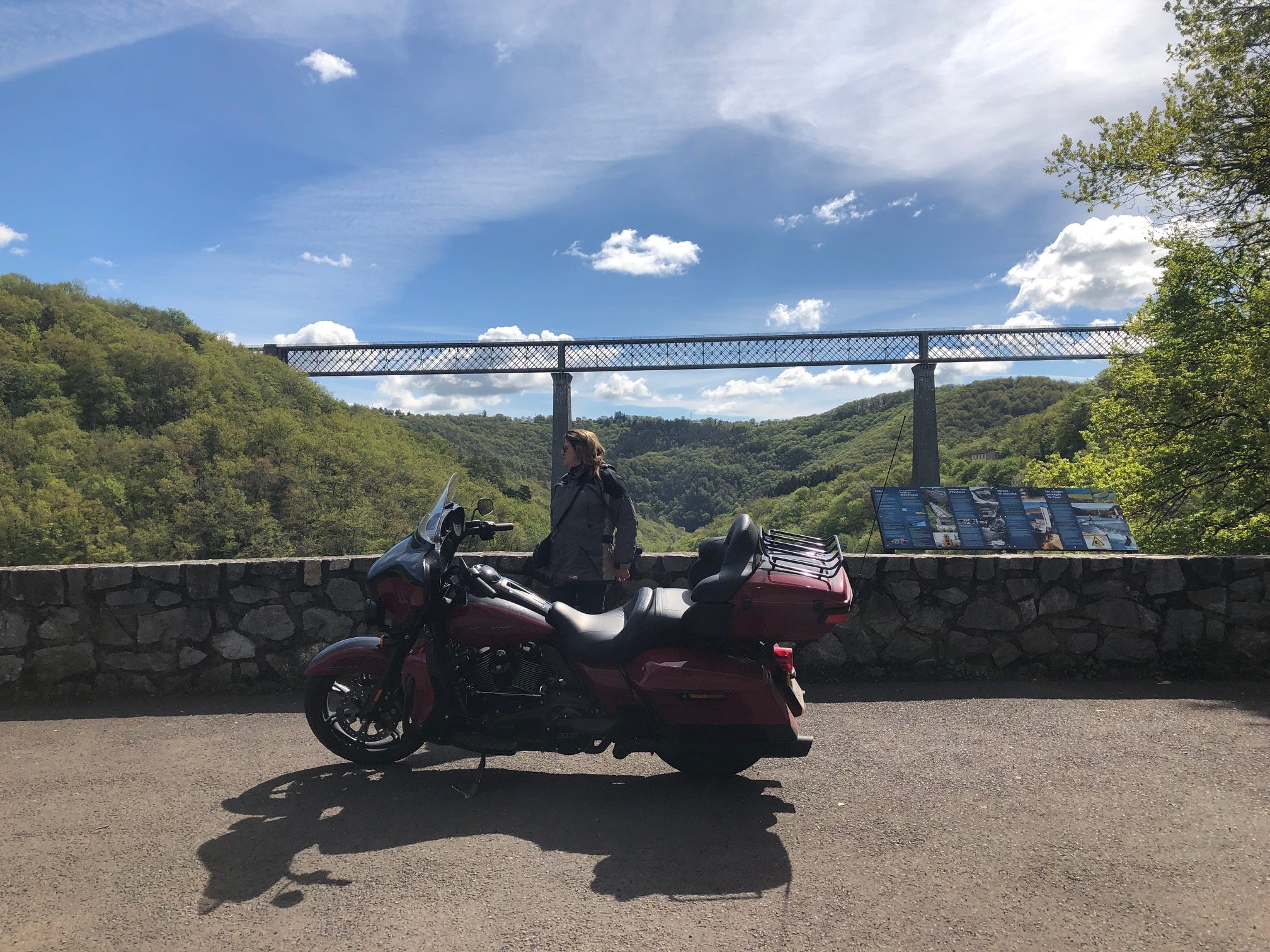
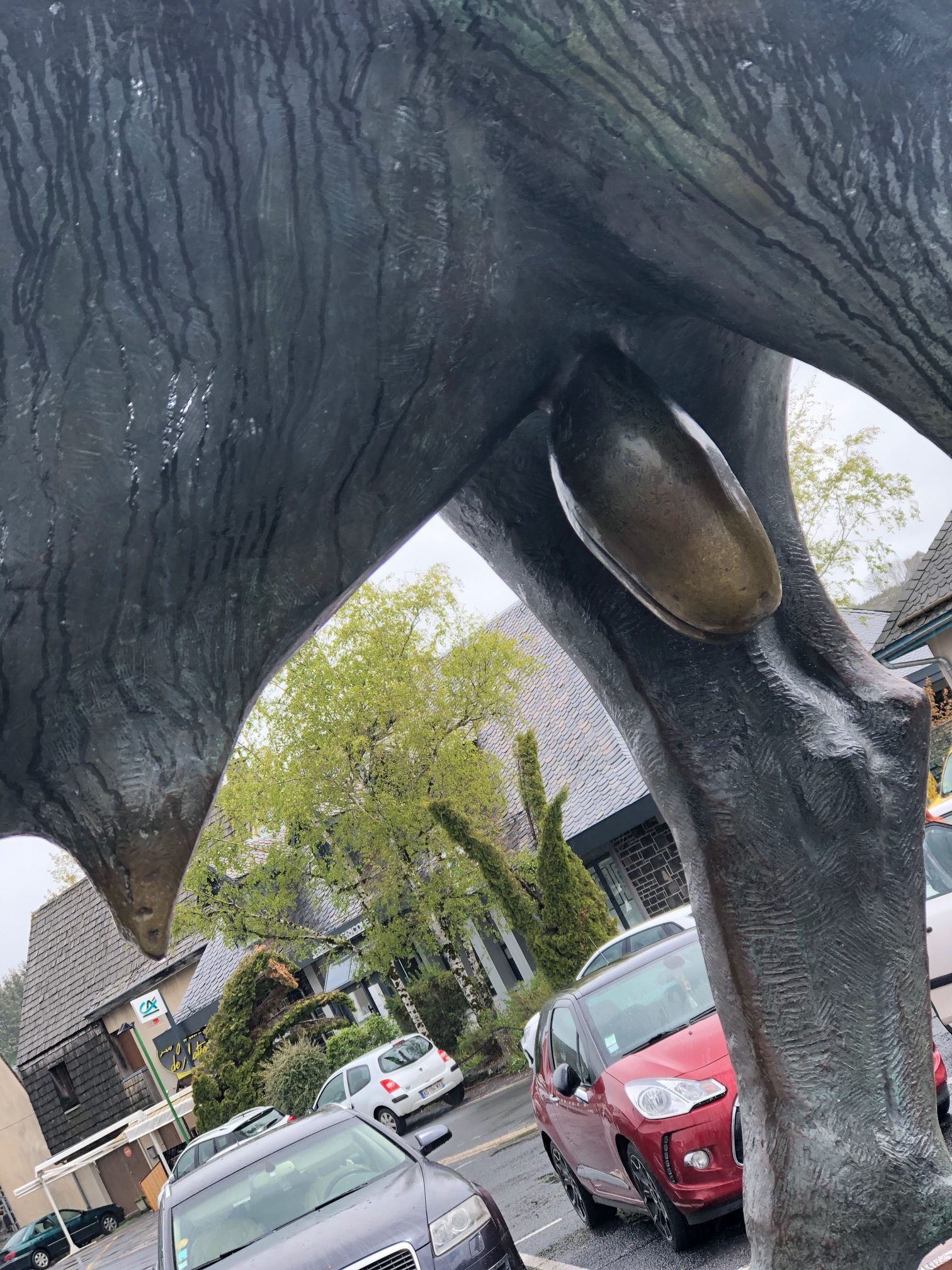
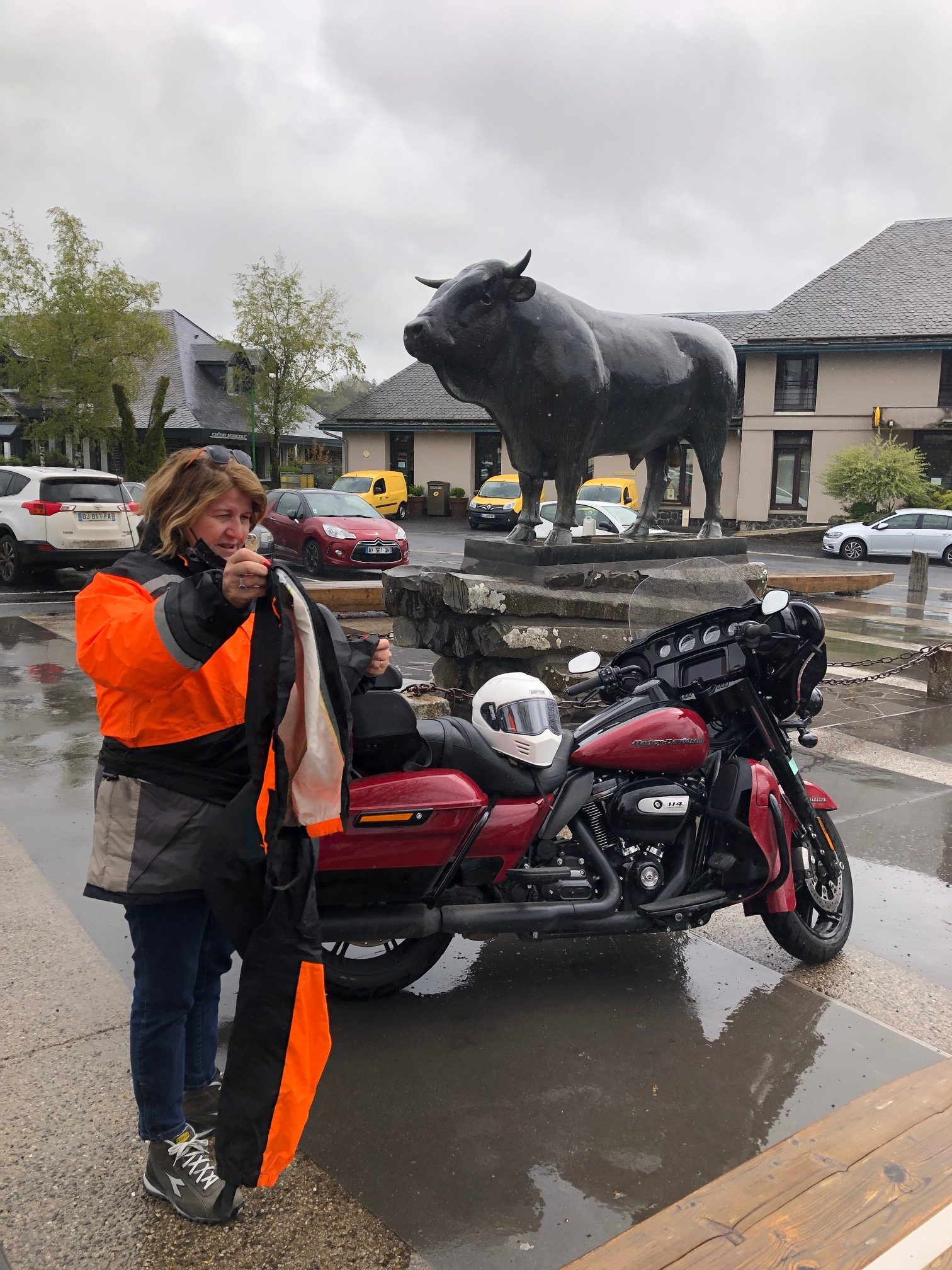

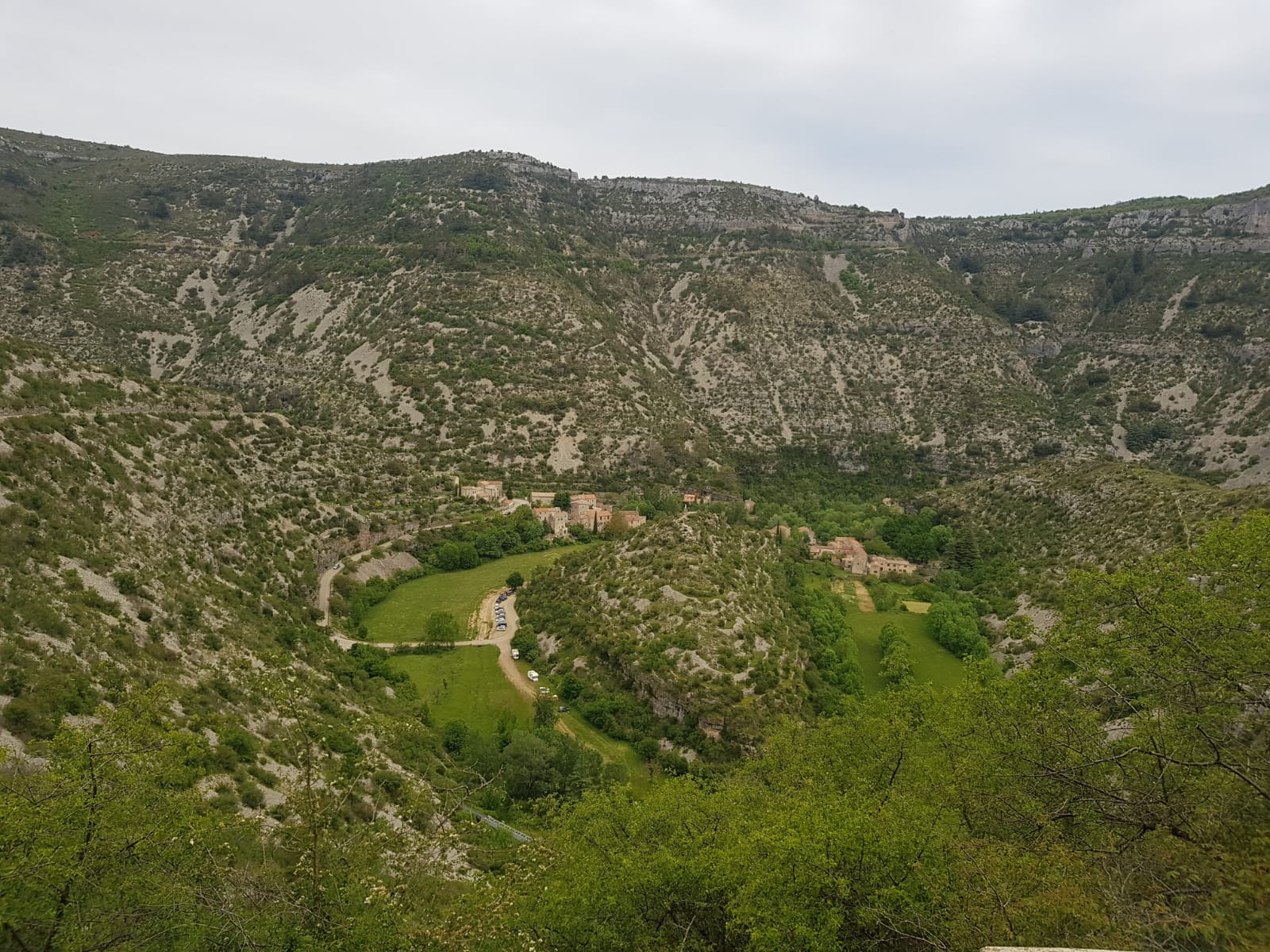
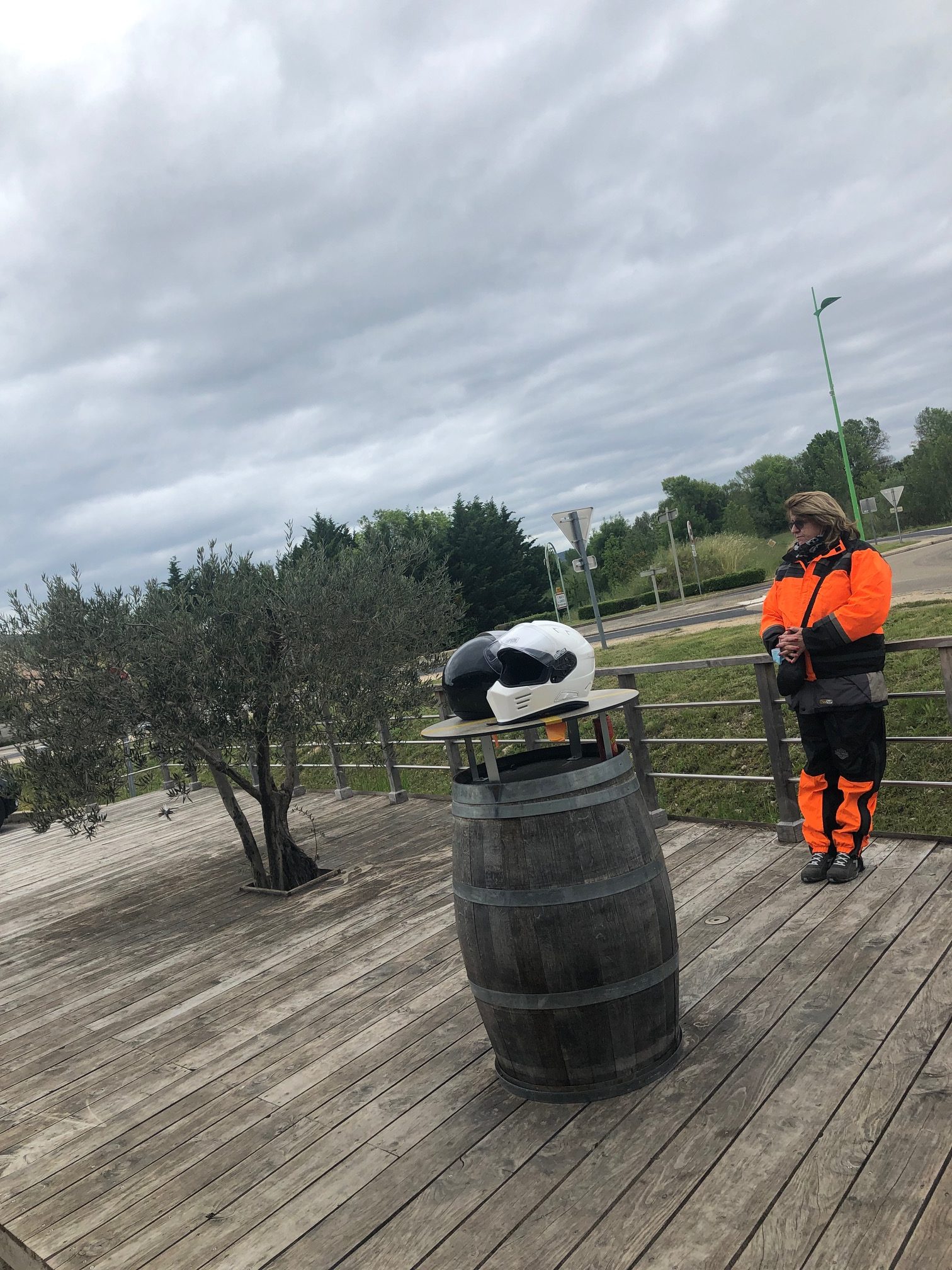


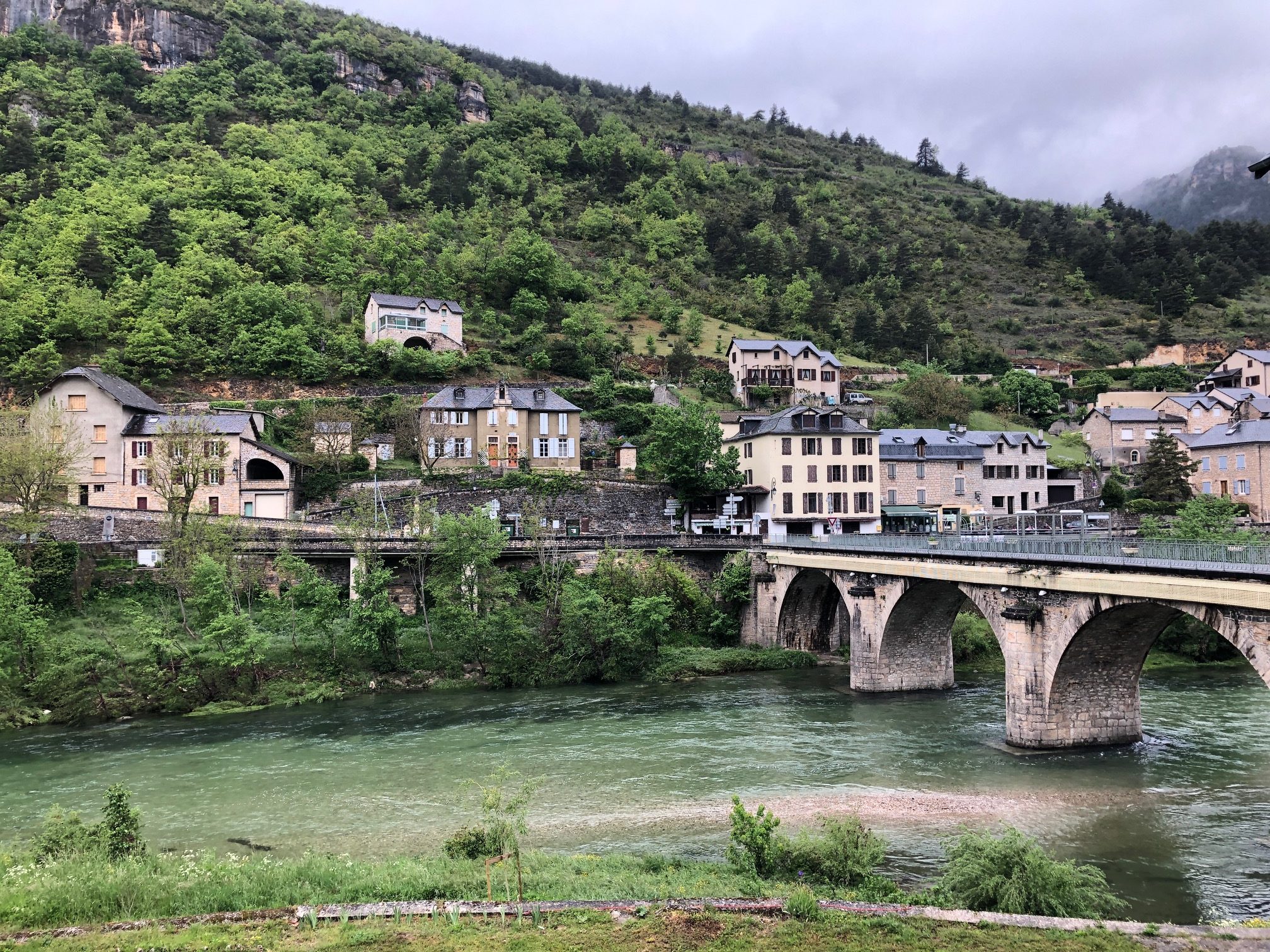


|
|

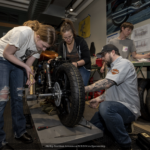



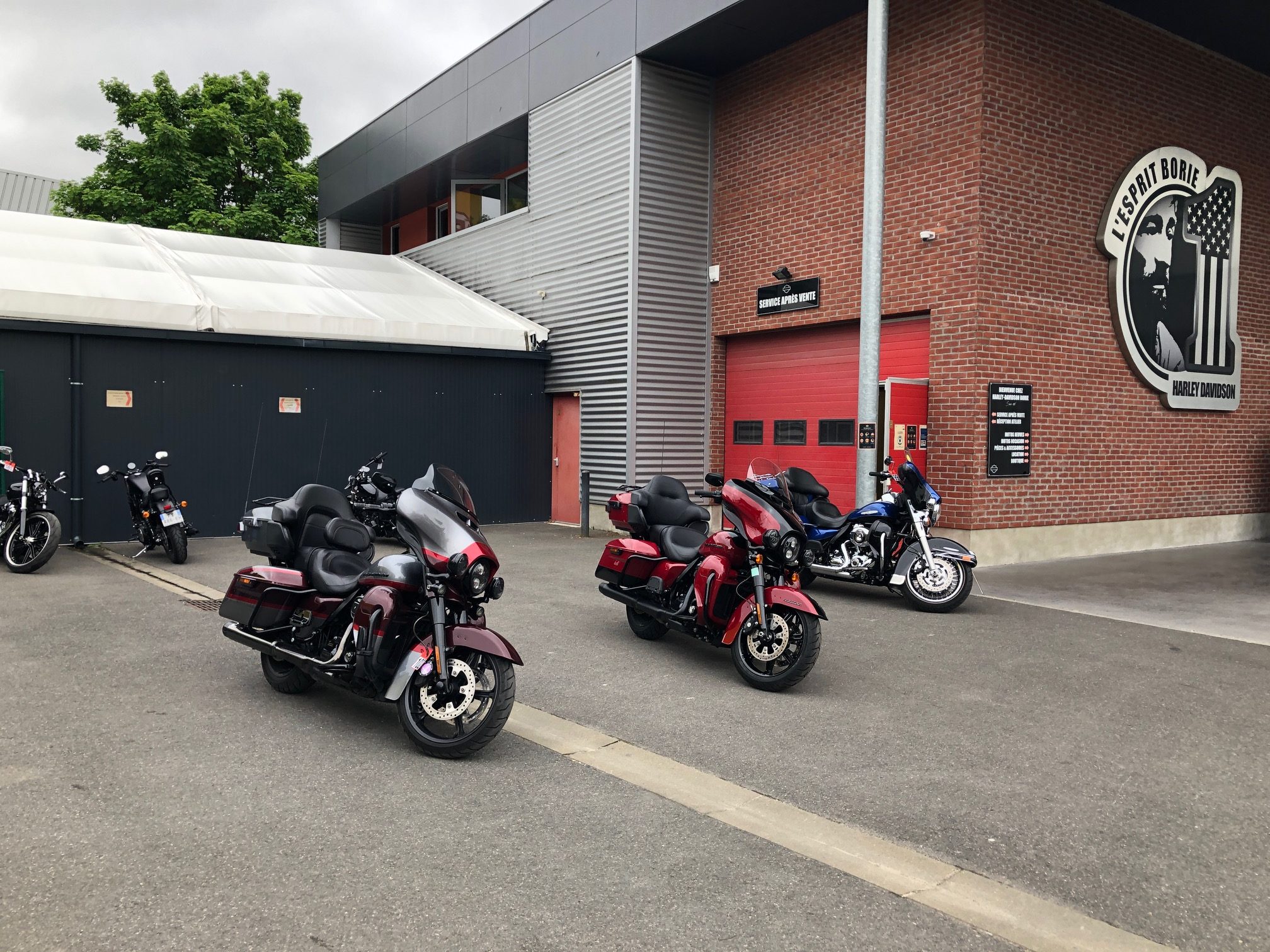
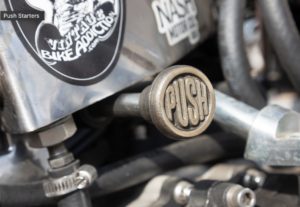
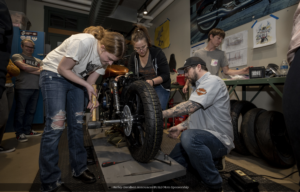

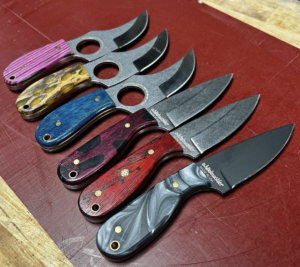
More Stories
THE NO DESTINATION LONG RIDE (2800 km / 1740 miles)
LONG DISTANCE RIDE: LE DÉFI 999 (THE 999 CHALLENGE)
RIDIN’ EL TEIDE!